

How to Shoot Night Photography with the Olympus Trip 35 by Tom Box
- Learn to Shoot Film: Tips & Tutorials
- January 25, 2019

Written by Tom Box

I would imagine most, if not all, of the people reading this have heard of the Olympus Trip 35
Over 10,000,000 units of the camera were sold during it’s lifetime, and the solid build, simple operation, and wide availability have made the Trip a hugely popular option for the modern film crowd.
I’m not going to review the camera, as this has been done dozens of times across the internet, but instead explain how to use the Trip outside of its limits, specifically with low light and night photography.
Find the Olympus Trip 35 at KEH Camera or on eBay .

Hacking the Olympus Trip 35 to Work in Low Light
The Olympus Trip 35 uses a selenium light meter to adjust aperture and shutter speed automatically, locking the shutter release if there is insufficient light which would result in underexposure.
However, the Trip also has a flash sync mode, whereby the aperture is manually selected and the shutter is set to it’s slower speed of 1/40th of a second.
This is, of course, designed to be used with a flash, but the manual aperture settings coupled with modern high speed films means you can also use the flash setting to successfully shoot the Trip at night. Don’t let that little red flag stop you…
Load a roll of 400 or 800 speed film, set the ASA to 400 and the aperture to it’s widest setting of 2.8, and you’re ready to go. That’s all there is to it.
If the scene is too bright for the set aperture of 2.8, don’t worry, the Trip’s meter is still active in flash mode and will stop down the aperture to prevent overexposure.
Related: Five Tips for Shooting Film at Night
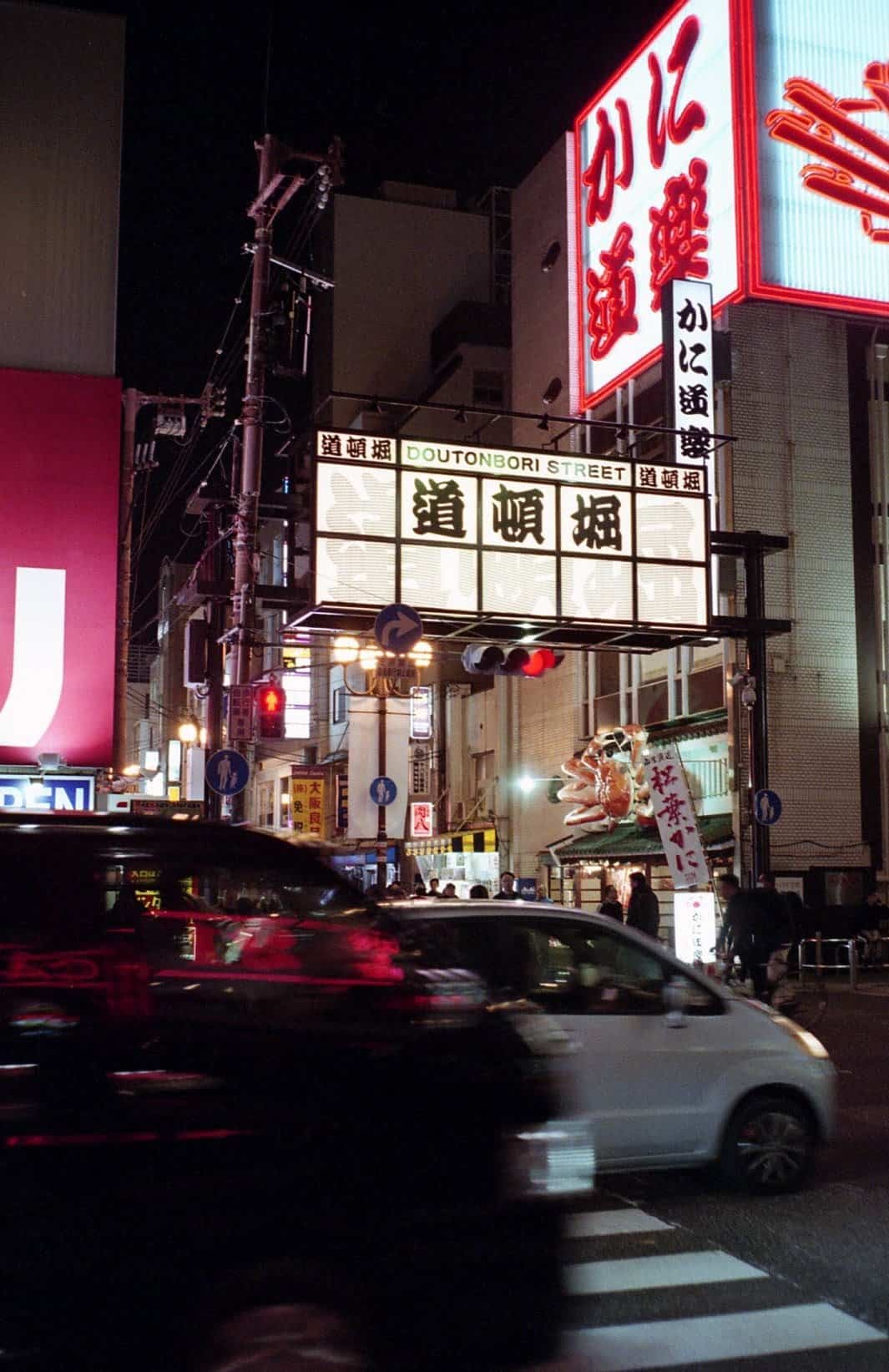
Working With the Shutter Speed and Aperture Limitations
Now, 1/40th at f/2.8 really doesn’t seem slow or wide enough to shoot at night, even with 800 speed film. But I’ve found that I get excellent results if there are enough bright lights in the scene.
I used to shoot SLRs at night on aperture priority, lens wide open to f/1.4, and, even pointing at a shop window, I’d be struggling to hand hold the camera’s chosen 1/15th or 1/8th shutter speed.
The thing is, most auto-exposure cameras will be metering for the whole scene, taking into account the vast expanse of black just as much as any light sources.
More often than not, auto-exposure for a scene like a shop window at night would result in a blown out light source and mucky shadows, and not look at all how you remember seeing the scene with your own eyes.
Have you ever tried to take a photo of a sunset with your phone camera and it’s blown out the colors and tried to expose for the foreground? Every time.

What to Expect While Shooting the Olympus Trip 35 at Night
I won’t lie and tell you that using the Olympus Trip ( find on eBay ) at night will always produce perfect results. (It works best in an urban area with lots of artificial light.) But I do believe that shooting film at night can be as simple as setting the exposure once and getting on with taking photos.
An underexposed photo is better than a 2 second long exposure of motion blur!
Any grainy shadows can be clipped in using Photoshop or another image editing program to bring true black back into the shot and increase contrast.
That and slightly boosting the mid tones is pretty much the only editing I need to do to my Night Trip photos.

Related: Olympus Stylus Epic Point & Shoot Film Camera Review
The Olympus Trip 35 is a quintessential point-and-shoot camera, and that doesn’t have to stop when the sun goes down.
Try it yourself with some 400 or 800 speed film and see if you agree that night photography doesn’t always require tripods and fast lenses…
All of the photos in this post were taken on a trip to Japan, using Fuji Superia Premium 400 speed film and my Trip 35 set up as I’ve described. Developed and scanned at home.
I also double exposed a roll of CineStill 800T in the Trip. Photos below.

On a tangent…
It’s always worth checking over a ‘dead’ Olympus Trip 35 because it’s quite likely the meter is fine, and the problem is with gummed up aperture blades or other internal gubbins.
On two occasions, I’ve acquired a Trip which refuses to raise the red flag, suggesting the meter is dead, only to remove the top plate (held on by 3 easily accessible screws) and see that the meter needle is moving fine.
The problem both times lay in the sliding plates that determine aperture and shutter speed. A quick clean with naptha and it was working perfectly.
I’ve had a similar experience with an Olympus Pen EES-2 (basically the half frame Trip 35) which merely had sticky aperture blades. Half an hour of disassembly and cleaning and it’s working beautifully.
Thank you so much, Tom! Tom is a regular contributor here at Shoot It With Film, and you can check out his other articles here , like an intro to pinhole film photography and how to use prisms for creative effect . You can also check out Tom’s work on his website and Instagram .
Leave your questions about shooting the Olympus Trip 35 at night below in the comments, and you can pick one up for yourself at KEH Camera or on eBay !
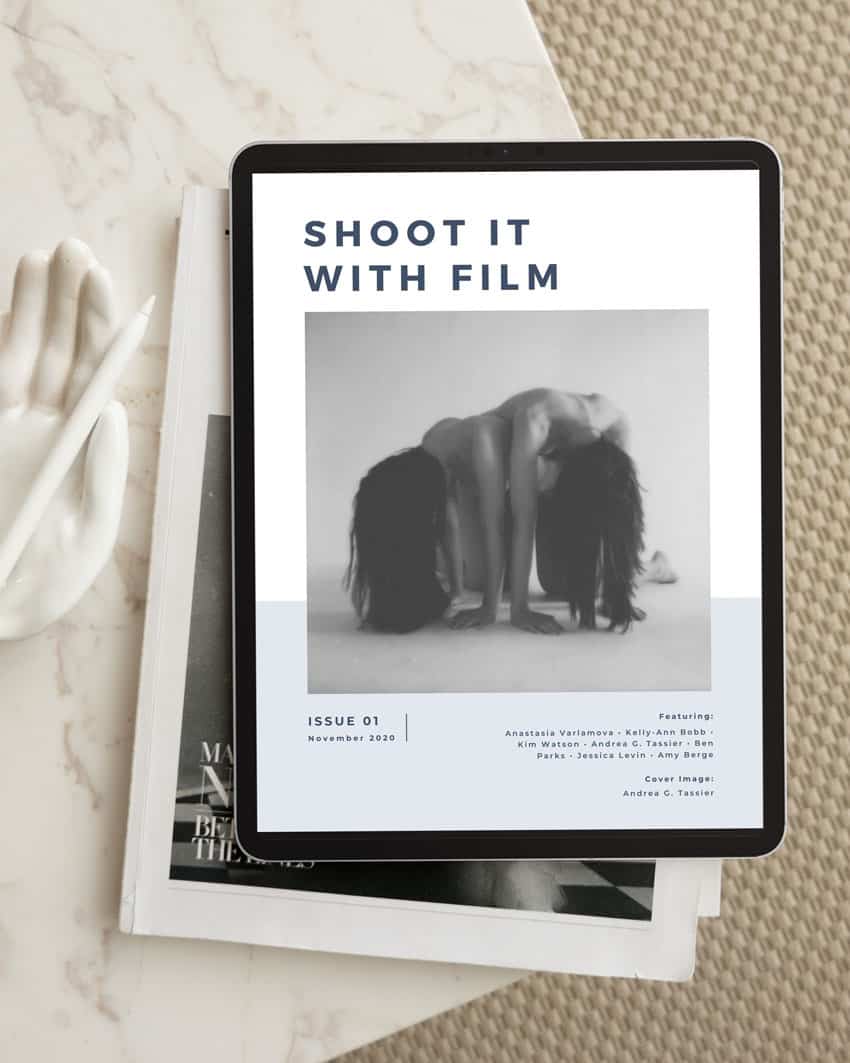
Related Posts:

Blog Comments
Noor Hashem
January 1, 2020 at 7:38 pm
Can i use a 200 speed film or does it have to be 400 or 800?
July 27, 2020 at 5:54 am
Hi Tom, Can you use the Fuji Superia Premium 400 speed film also during the day or you would recommend it only for night shots?
Many thanks! Px
shootitwithfilm
July 27, 2020 at 2:48 pm
Thanks for your comment, Pilar! Fuji Superia 400 is a great film to use during the day. You can check out this post for examples of what it looks like during the day: https://shootitwithfilm.com/how-to-shoot-fujifilm-superia-400/
January 22, 2021 at 8:21 am
How did you do the double exposure on the Cinestill 800T’s pics ?
January 25, 2021 at 2:22 pm
The double exposures were totally random, done by shooting a full roll, rewinding it almost to the end and then shooting over it again. – Tom
April 12, 2022 at 7:59 pm
Hi, I´m planning to use a Fuji 500T for night concert shots in my Olympus trip. Do I have to detail this to the photography laboratory? Any recomendation?
April 12, 2022 at 11:14 pm
Hi Morena! If you want it developed and scanned normally, you don’t need to let the lab know any special information. You’ll only want to let the lab know if you want the film pushed in development or if you want the film scanned a specific way (such as having it scanned for highlights to bring out the nighttime atmosphere of the images). And while you don’t have to let the lab know any special info, if you feel like it was a tricky shooting situation, you can always reach out to the lab and ask their advice for developing and scanning.
September 10, 2022 at 4:07 pm
I just purchased this camera and the red shutter flag appears over my view finder whenever it is set to automatic. I have not yet tested with film yet but my run through seems to work okay when the apture is set to any other setting (2.8-end). What does this mean? That my internal light source is dead? And if so what does this mean when shooting? Shall I just set it to sunny 16 (as a rule of thumb) but how will this look in low light?
Leave a Comment Cancel Comment
Shoot it with film on instagram.

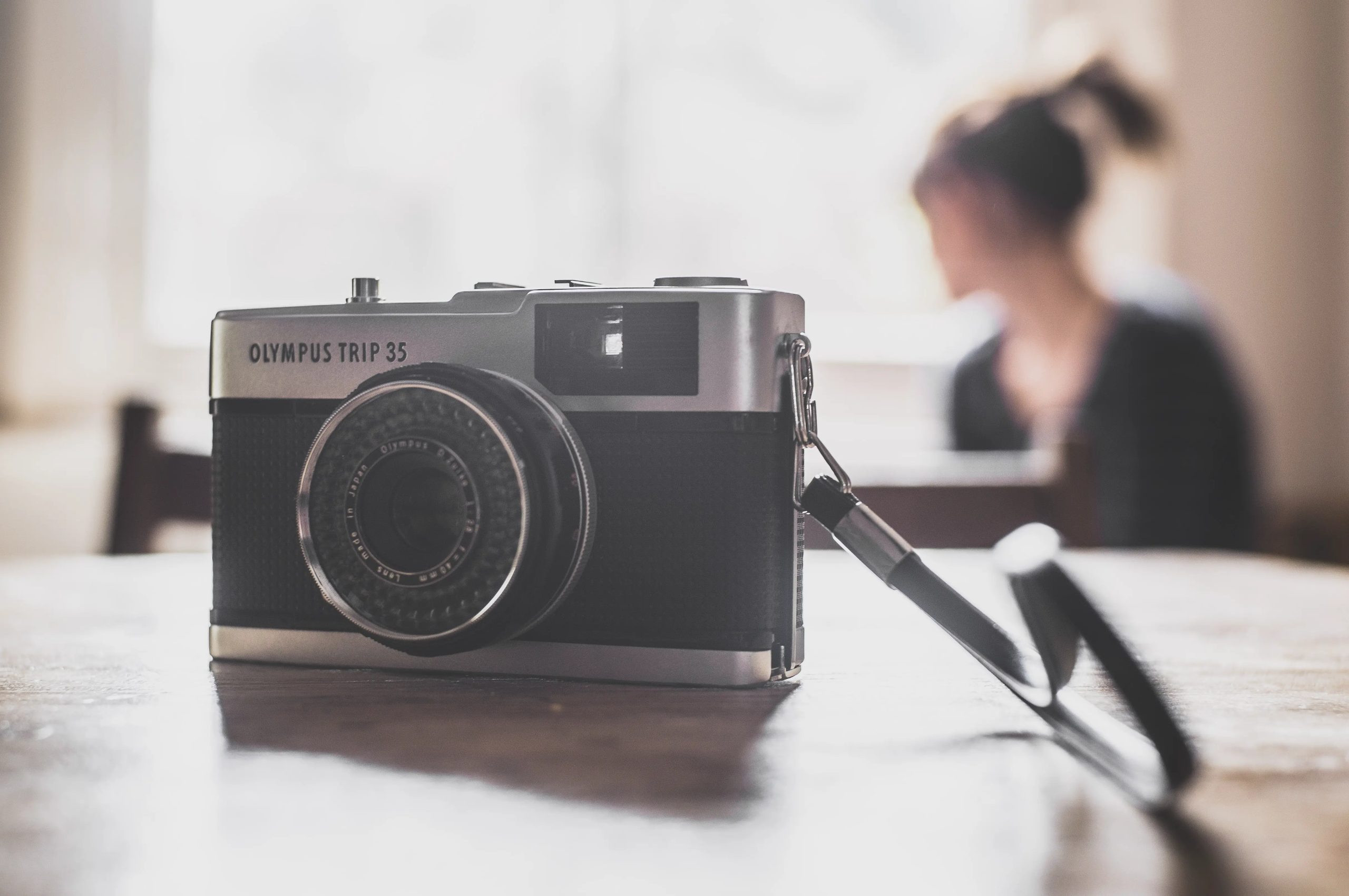
Olympus Trip 35 Review – A cult classic point & shoot
8 May, 2013
Post Categories:
Share this post:
I’m certainly not the first and I suspect I won’t be the last to write a little something about the Olympus Trip 35. I have read this camera had sales figures of around 10,000,000. Olympus used the ‘trip’ moniker on a lot of cameras subsequent to the one in question here, so who knows how many trip 35’s were sold? What is clear is that the number is vast! You only need to go on eBay and see how many are for sale at any one time. Just search for ‘Olympus trip’ on google and you will find entire websites dedicated to the things. This camera is a popular little snapper and has been since it hit the market in the late 60’s.
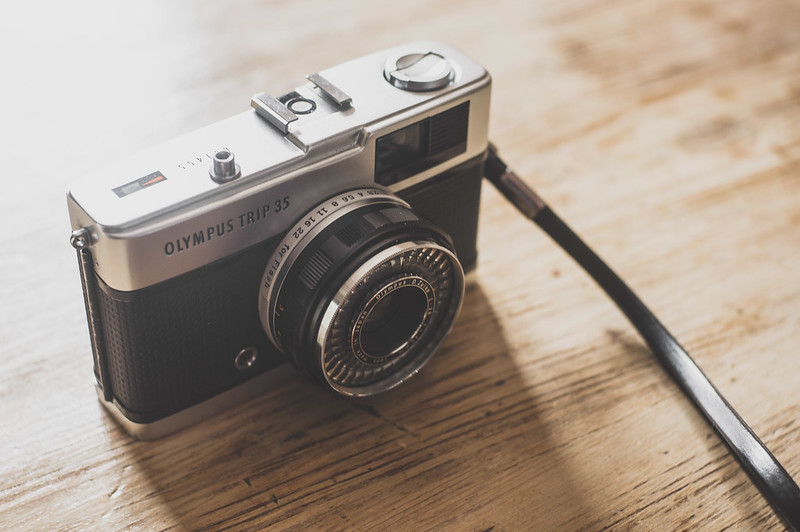
It’s production ran from 1967 through to 1984! It’s popularity was helped along by David Bailey and by the fact that the very simple 40mm lens is exceptionally high quality. It was touted as a camera that could take professional quality images yet is small and very easy to use … No wonder they sold so many!
The name “Trip” comes from the the idea that it was intended as a camera for taking on holiday. I guess this translates to a camera for everyone. And that it really is! This camera is a true point and shoot that even the most inexperienced photographer could use with little chance of failure. This is due to the slightly limited but very simple design and operation. The camera is almost entirely automated for all situations apart from shooting with a flash. Load the camera with a film between 25 and 400iso, set it as such on the dial around the front of the lens and you can let the camera do pretty much the rest.
The selenium cell based light meter effectively powers the cameras operation. With the camera set to ‘A’, based on the light hitting the meter it will choose the most appropriate aperture between f2.8 and f22. It will also choose either 1/40th or 1/200th for the shutter speed. If the amount of light isn’t adequate for at very least 1/40th and f2.8 it will simply prevent the photo from being taken. It tells you this is happening by popping up a little red flag in the viewfinder. If this happens it is intended that the user attach a flash.
If taken off ‘A’ and an aperture selected manually the meter and the flag are disabled and the camera set to shoot at 1/40th. The assumption is that a flash would be attached and that an appropriate aperture for the subjects distance would be selected. Of course it also means that as long as you are happy shooting a 1/40th you can just choose your own aperture and shoot without the little flag stopping you. This does lead to the camera being used more creatively and outside of the way it was intended but more on that later!
Focusing is achieved by selection of one of four possible preset distances which are denoted by four familiar pictures. A head and shoulders for the closest focusing and a picture of mountains for infinity. The second furthest focusing distance (denoted by three little people) is highlighted in red. The same red as the ‘A’. This is no accident, in daylight set the camera to ‘A’ the the three little red people and you can shoot away with little worry of out of focus images.
This simplicity does make for a very enjoyable shooting experience, but with a little imagination the camera can be used (as previously mentioned) outside of the intended way.
The first little trick is quite an obvious one really. The camera can be tricked into over or under exposing by changing the film speed. Eg 200 ISO film in camera and up to 1ev of under exposure can be achieved by setting it to 400iso. You could of course also dial in up to 3ev of over exposure. An example of where this might be useful would be shooting a backlit subject eg a person stood in front of a window.
Another trick is for low light shooting. When set to ‘A’ low light shooting is somewhat limited. That pesky red flag rears its little head and a 400iso limit is a little low. As mentioned before though, the little red flag can be disabled, and if not using the lightmeter there is no need to worry about what ISO the camera is set to. So as long as you are happy at 1/40th you can put whatever ISO film in you like and manually select exposure with the aperture control. There are in fact many people who do this some of whom post in the Flickr group. It’s not something I have tried since resurrecting the camera… But I’m going to … And will post some shots when I get around to it!
So what’s all the fuss about? Surly there are more highly specified cameras that allow shooting in more circumstances without such limitations. Well yes, but it’s the simplicity that is the charm, combined with a superb lens and the fact that they so rarely go wrong it’s hard not to love this camera!
So that’s the Trip 35, a cult classic, incredibly simple to use, hardy, cheap as chips and packed with charm … Basically, buy one! Use it, love it!
Additional – I have done a ‘Through the viewfinder’ article on this camera which can be found here Through the Viewfinder – Olympus Trip 35
Some useful links: Help with dating your trip Instructions for repairing your trip 35 A possibly useful modification
Find more similar content on 35mmc
Use the tags below to search for more posts on related topics:
Contribute to 35mmc for an ad-free experience.
There are two ways to contribute to 35mmc and experience it without the adverts:
Paid Subscription – £2.99 per month and you’ll never see an advert again! (Free 3-day trial).
Subscribe here.
Content contributor – become a part of the world’s biggest film and alternative photography community blog. All our Contributors have an ad-free experience for life.
Sign up here.
About The Author
Trip 35 and some very cheap film and Connie. on Olympus Trip 35 Review – A cult classic point & shoot
Comment posted: 23/05/2013
Leave a Reply Cancel reply
Your email address will not be published. Required fields are marked *
Save my name, email, and website in this browser for the next time I comment.
Notify me of new posts by email.
Olympus Trip 35 on Olympus Trip 35 Review – A cult classic point & shoot
Comment posted: 24/05/2013
Dave on Olympus Trip 35 Review – A cult classic point & shoot
Comment posted: 09/04/2015
Hamish Gill replied:
Yeah, thats what I'm saying ... Put 200iso film in and set it to 400 and it will under expose it by 1ev Put 200iso film in and set it to 100, 50 or 25 and it will over expose buy 1,2 and 3ev respectively... Thats right isn't it??
Christos Theofilogiannakos on Olympus Trip 35 Review – A cult classic point & shoot
Comment posted: 16/10/2015
Huh, that's interesting! I didn't know that ... Very clever little cameras really!
Neilson on Olympus Trip 35 Review – A cult classic point & shoot
Comment posted: 25/02/2016
5 Frames With An Olympus 35 RC - by Julian Higgs - 35mmc on Olympus Trip 35 Review – A cult classic point & shoot
Comment posted: 03/05/2018
Olympus Trip 35 review - Kosmo Foto on Olympus Trip 35 Review – A cult classic point & shoot
Comment posted: 15/04/2019
Camera Review Blog No. 06 – Olympus Trip 35 – Alex Luyckx | Blog on Olympus Trip 35 Review – A cult classic point & shoot
Comment posted: 26/11/2019
Robert Gerrish on Olympus Trip 35 Review – A cult classic point & shoot
Comment posted: 10/04/2020
David Wignall on Olympus Trip 35 Review – A cult classic point & shoot
Comment posted: 11/11/2021
Leave a Comment
Related Posts

13 April, 2024
By Molly Kate

25 March, 2024

7 March, 2024
By AndreArma

3 March, 2024

Photography & Projects
Looking for some inspiration, or just want to flick through the project work and photos?

Reviews & Experiences
If you're looking for photography equipment and peripheral reviews, this is the place to start!

Theory & Reflections

Tutorials & Knowhow
If you want to learn or discover a new technique, build on your skills, or be inspired to have a go at a bit of DIY or camera modification, then you’re in the right place.
Contribute to 35mmc
Paid Subscription
£2.99 per month and you’ll never see an advert again! (Free 3-day trial).
Subscribe here
Content contributor
Become a part of the world’s biggest film and alternative photography community blog. All our Contributors have an ad-free experience for life.


How To Use The Olympus Trip
April 28, 2023 By Cameras By Max
The Olympus Trip is a super popular camera among beginners to film, so here is our guide on how to use this awesome little camera, and some tips on how to get the most out of your Olympus Trip.
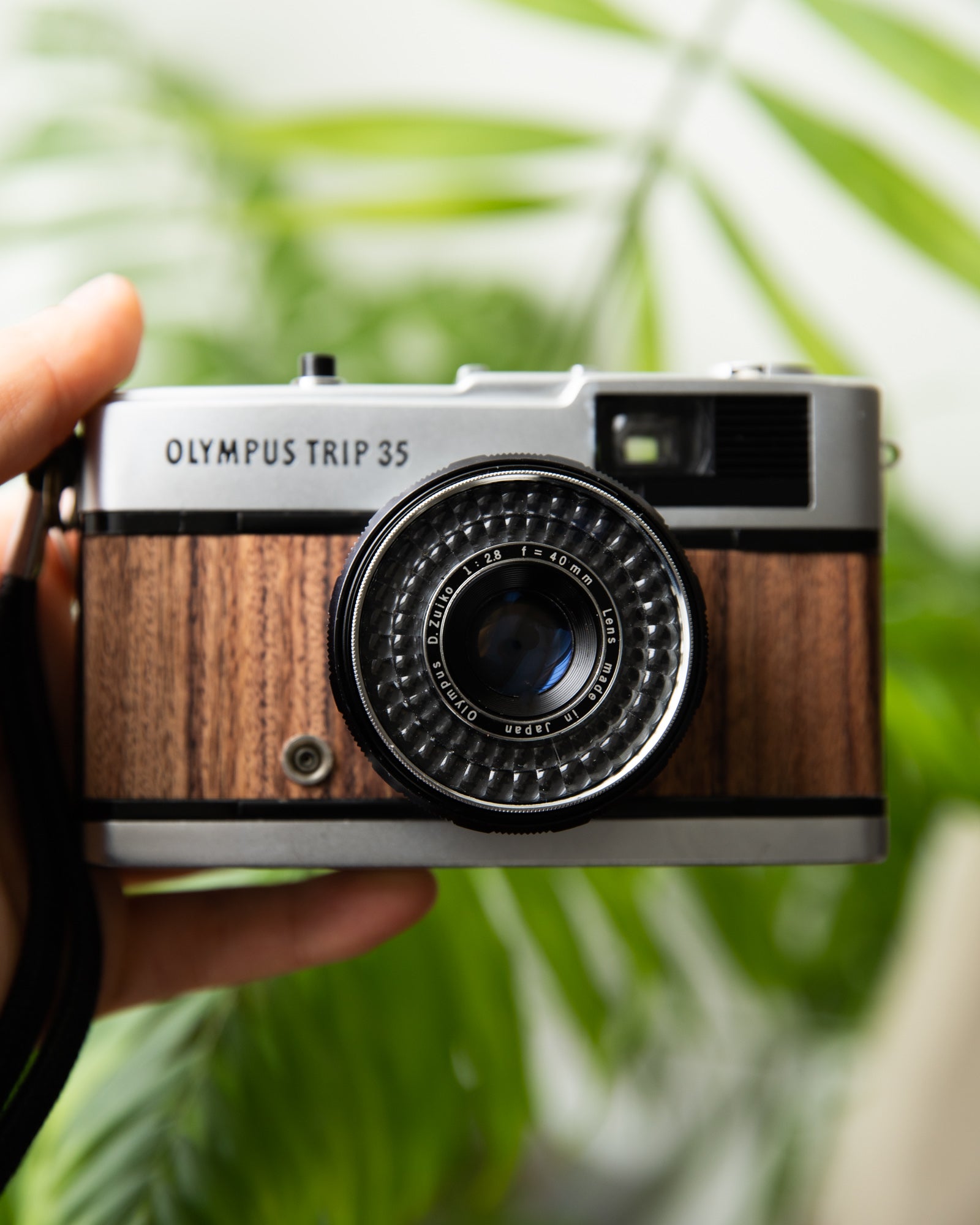
What is the Olympus Trip?
The Olympus Trip 35 was introduced in 1967, and discontinued in 1984, which is considered a long production run for a 35mm film camera. Over ten million Olympus Trip cameras were sold in this time.
Many people wrongly call the Olympus Trip a rangefinder camera, however we would classify it more as a point and shoot with zone focusing.
What features does the Olympus Trip have?
The Olympus Trip is really easy to use, and has some cool features that set it apart from other point and shoot 35mm film cameras.
- Zuiko coated 40mm f/2.8 lens : this lens is sharp, and the wide aperture makes it versatile in a lot of situations.
- Automatic settings : the Olympus Trip has two shutter speeds and aperture from f/2.8 to f/22.
- No batteries needed : the Olympus Trip is powered by the selenium meter around the lens. This is also what receives light and tells the camera which aperture is needed.
- Red flag feature : when the camera does not have enough light to take a photograph, a red flag appears in the viewfinder.
- Zone focusing : the Olympus Trip has four focus settings depending on how far away your subject is from the camera.
What are the different parts of the Olympus Trip?
The top plate.
The Olympus Trip top plate is very simple. The camera features are easy to find, making it an ideal camera for beginners. Below is a labelled diagram of the camera.
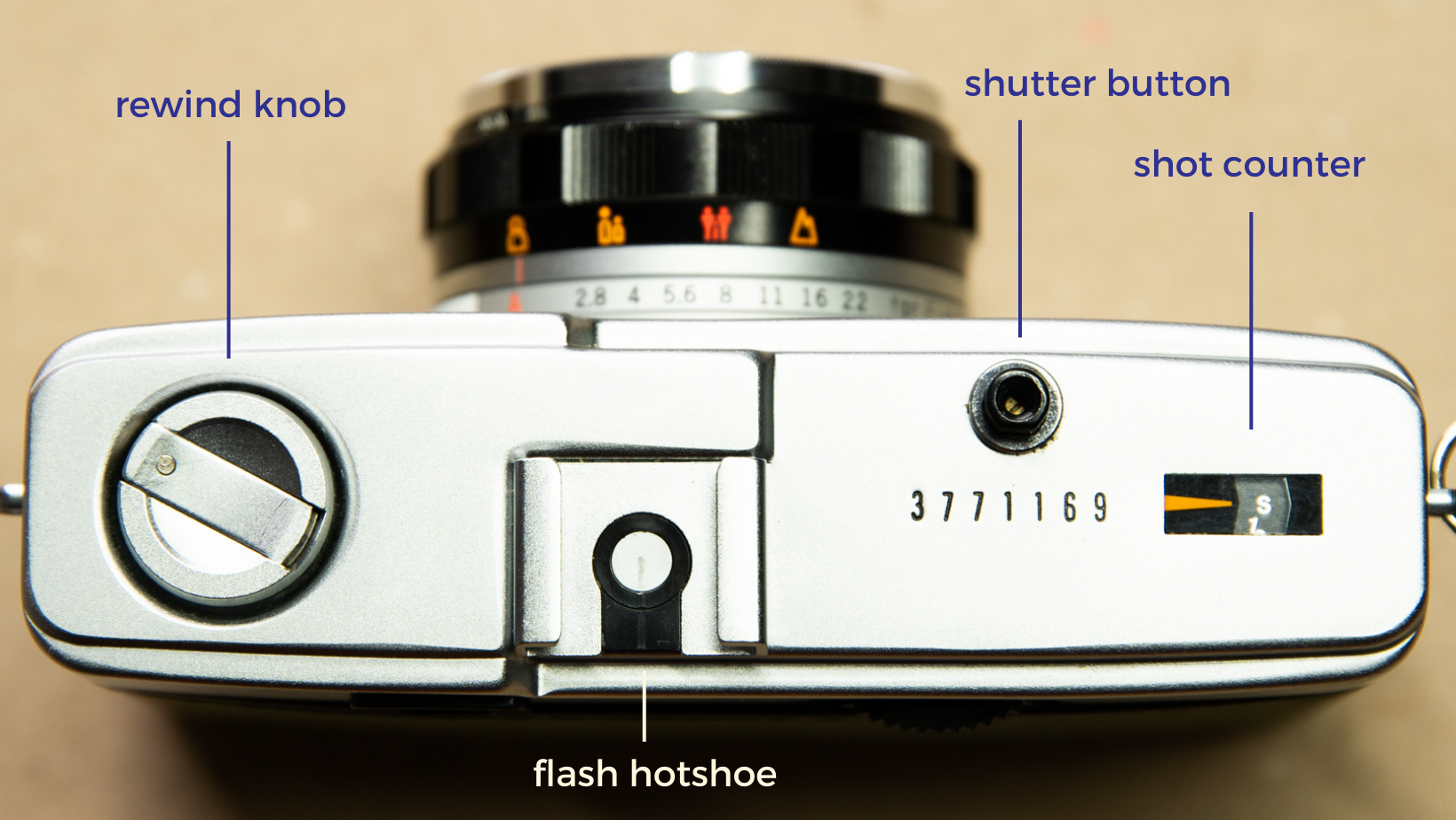
On the left of the top plate is the rewind knob (more on that later). In the middle is the flash hotshoe, used for mounting hotshoe flashes to the camera. The shutter button is the small black button on the top. On some models of Olympus Trip, this button can be silver. The small panel on the right is the shot counter that displays the number of shots you have taken.
The Olympus Trip lens holds most of the key settings for the camera , such as the ASA, focus, and aperture.

The ASA dial is set to match the roll of film that you put in the camera. For example, if you are using Portra 400, the ASA setting is set to 400.
The focus settings are simple, and known as zone focusing. There are four zones to choose from. We go through them in more depth later on in this article.
The aperture settings are only used if you are using flash. Otherwise, the camera is set to "A", which allows the camera to choose the aperture and shutter speed automatically.
The Bottom Plate
There is only one function on the bottom plate of the Olympus Trip 35: the rewind button. (And the tripod mount, technically.)

The rewind button is pressed when you are ready to start rewinding your film.
How To Load Film In The Olympus Trip
Loading film takes some practice, but it is really easy when you get to grips with it.
To load a roll of film in the Olympus Trip, first you have to open the back of the camera. To open the back of the camera, pull down this small silver tab, shown below.
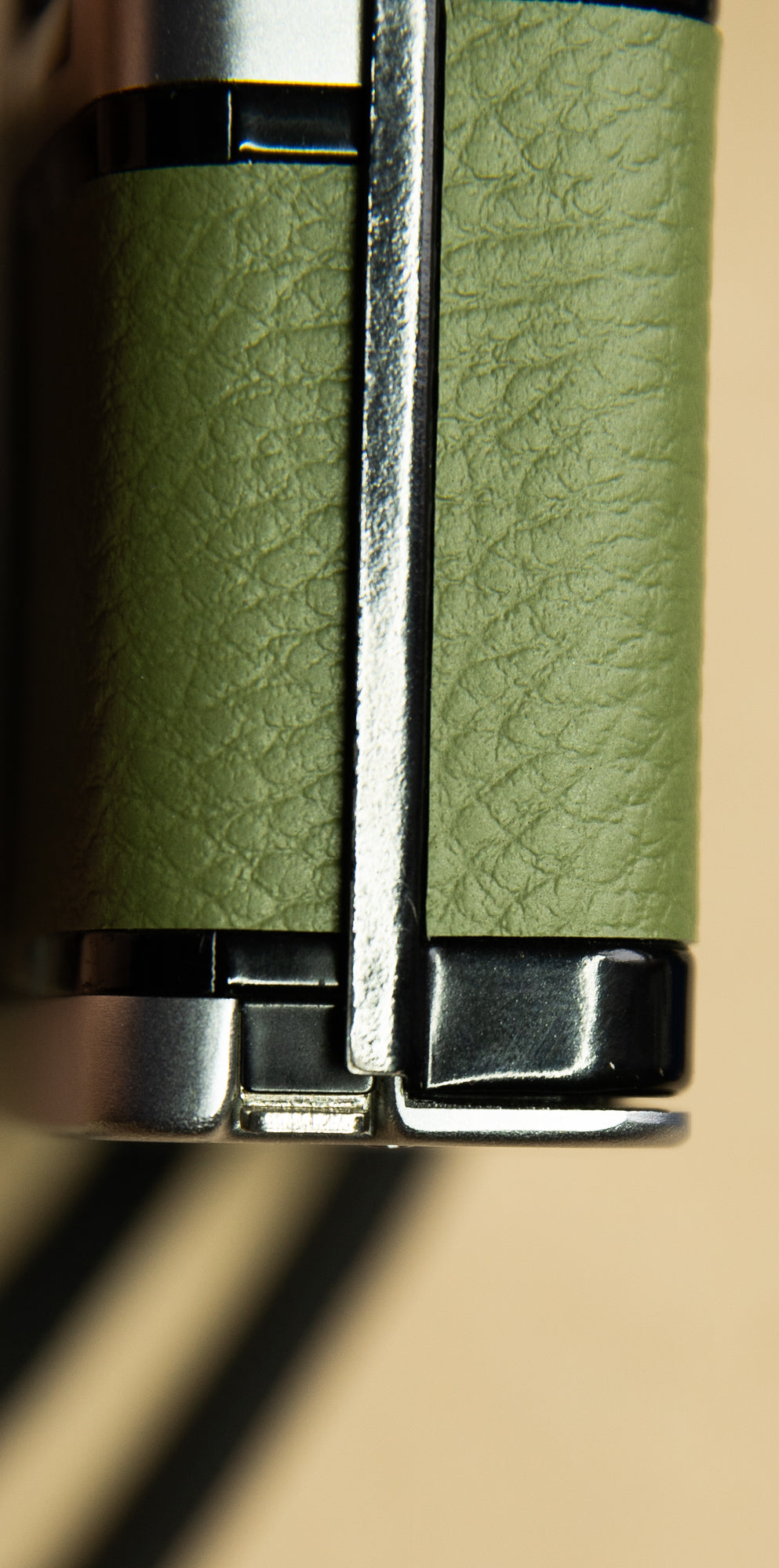
Once you have the back of the camera open, you can load your roll of film. To load the roll of film, pull the rewind knob up. The roll of film goes in with the top of the canister (the part that sticks out) at the bottom of the camera. See the image below.
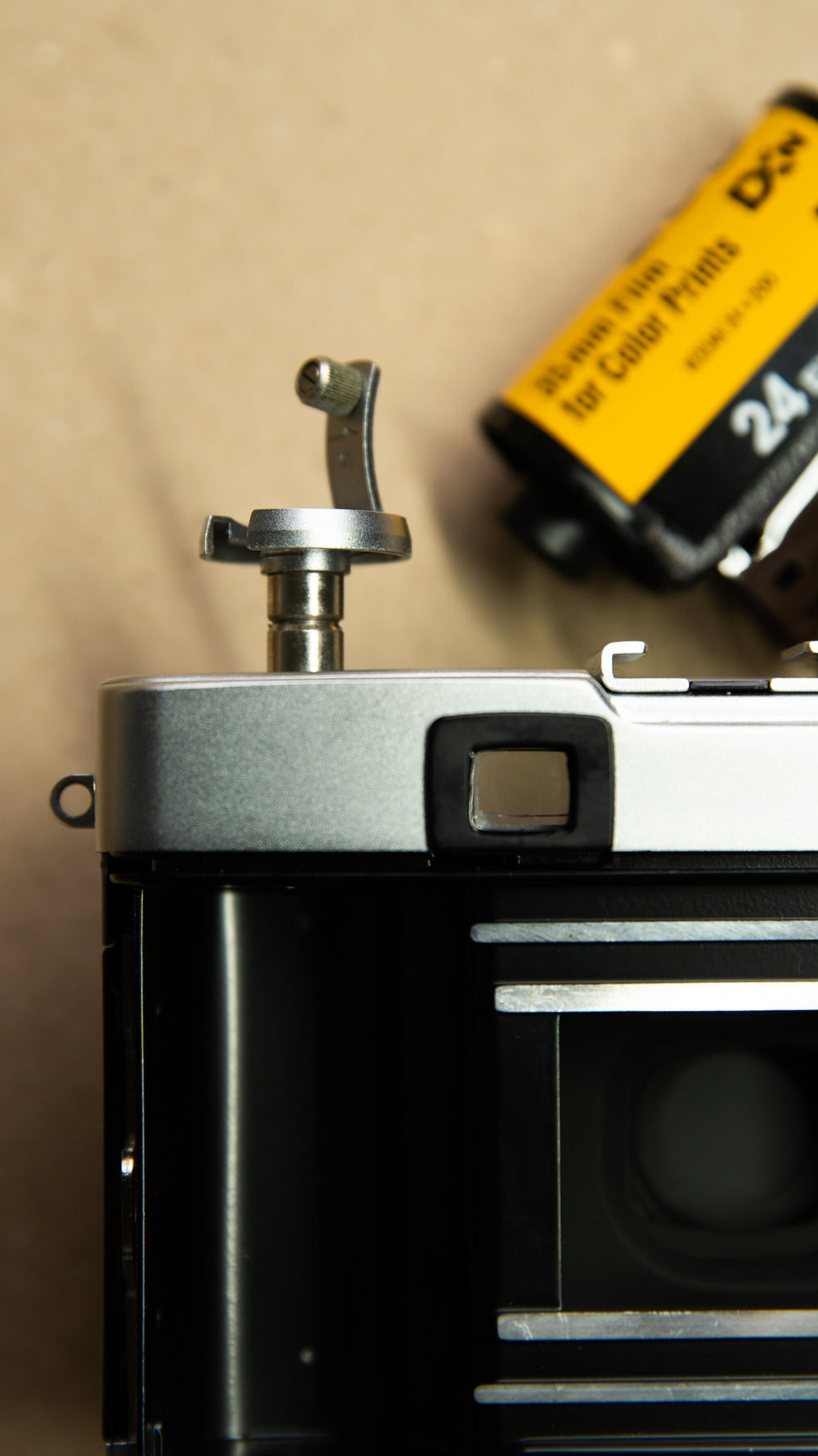
When the canister is in, as shown above, you can pull the film leader across the camera to reach the other side.
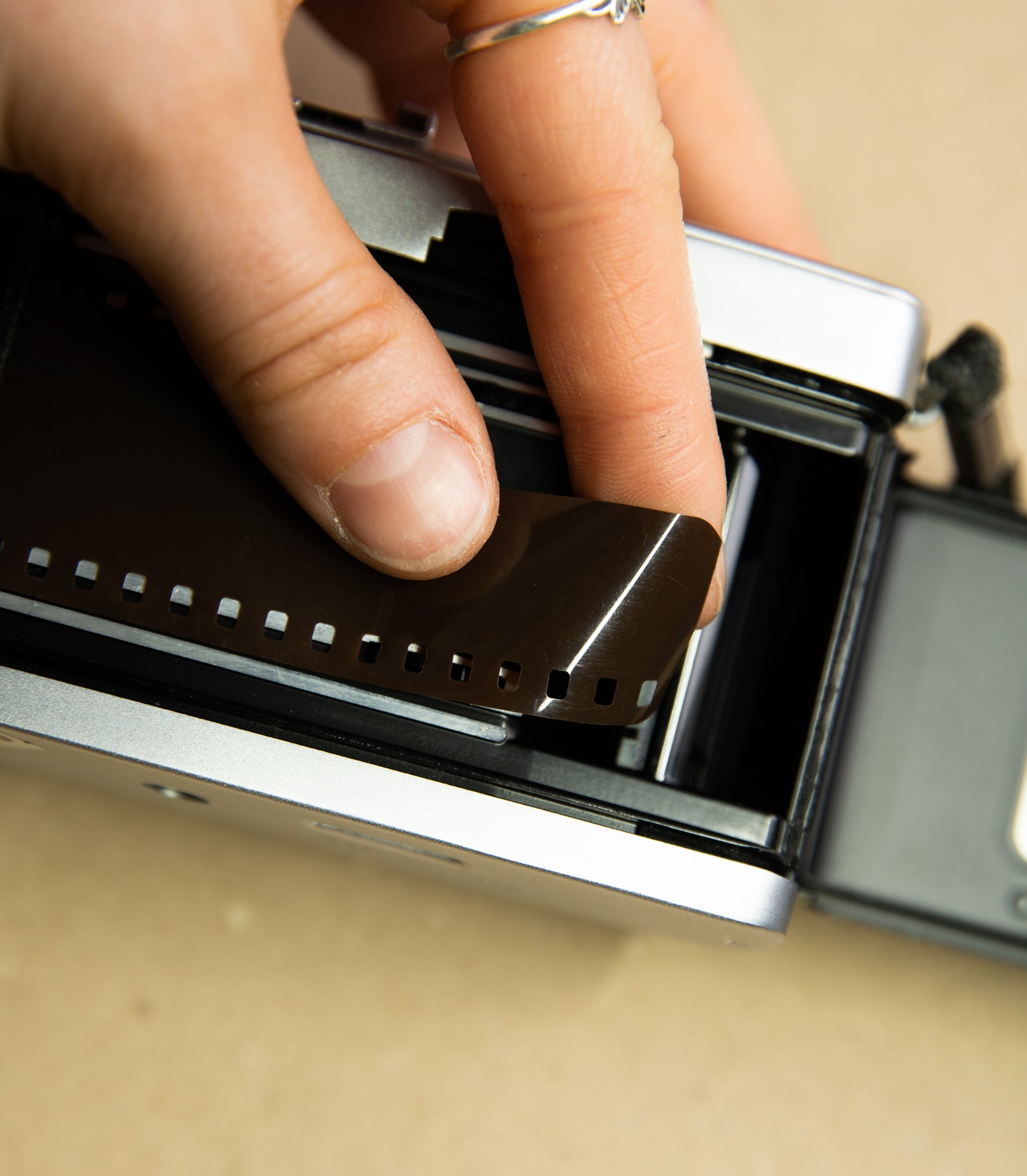
The rewind knob being put back down will lock the canister in place as you pull the film across. In order to lock the film onto the film spool in the camera, it has to go partly into one of the slots, and the notches at the bottom of the spool have to go through the sprockets on the film (the holes).
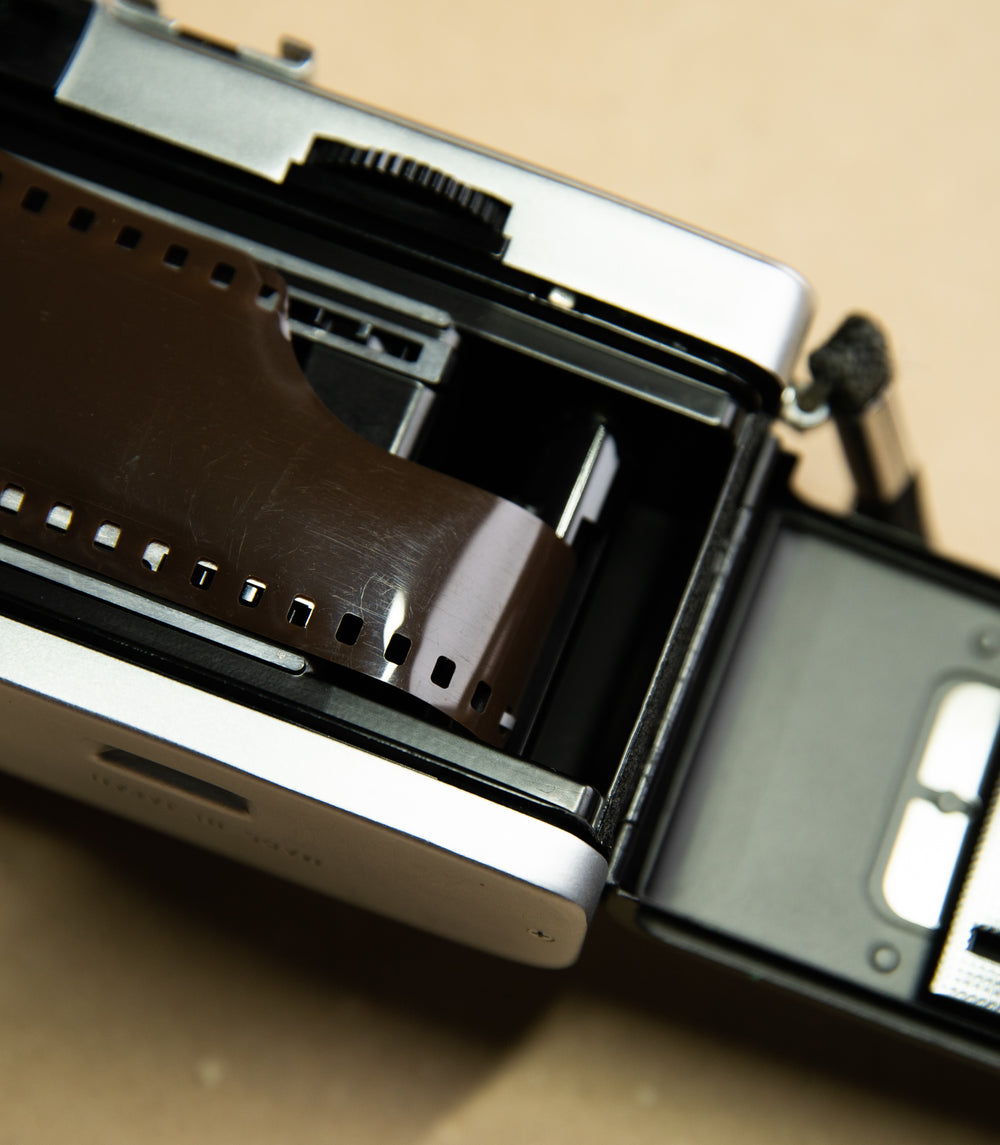
In order to be able to advance the film across the camera, you have to fire the shutter . You can do this by pointing it at a bright light or by setting the aperture setting to one of the numbers.
I recommend firing the shutter, and advancing the film (with the advance thumb wheel) twice before closing the back, so that you can make sure the film is definitely loaded correctly. As you get more confident, you can fire the shutter less times and therefore get more photos on your roll of film.
How To Take Photos With The Olympus Trip
Now you have loaded your roll of film, and closed the back of the camera, you are ready to start taking photos!
The first thing to check is that your ASA is set to the same speed as your roll of film. For example, Portra 400 is ASA 400. Or Kodak Gold is ASA 200.

When looking through the viewfinder, you will be able to see your frame lines, and the focus setting that the camera is set to. The viewfinder of the Olympus Trip does not show you where the focus is set, just which symbol you have the lens set to.
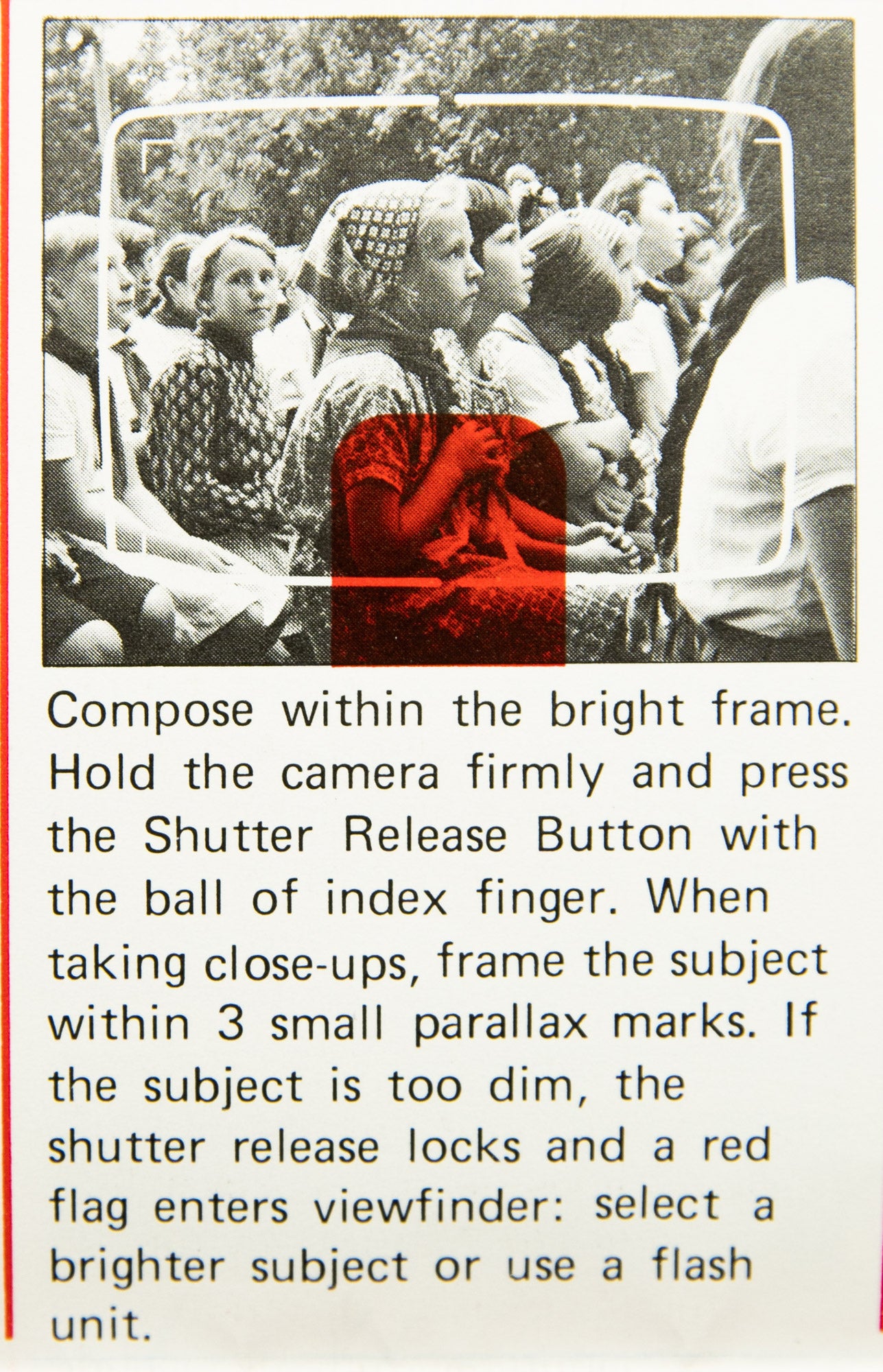
When the lens is set to "A", the camera will choose the shutter speed and aperture for you manually. If the image you are trying to take is too dark, the red flag will come up.
You can override this by setting it to one of the numbers instead, but be aware that these are intended for a flash to be used with it. By setting the Olympus Trip to a number on the lens, it reduces the shutter speed to 1/30 - that's one thirtieth of a second. So you will need to have a steady hand when doing so.
How does the film counter on the Olympus Trip work?
When you first load your roll of film, it may look as though the film counter is not moving. It takes two or three shots for the shot counter to move to the number one.
The back of the camera needs to be closed in order for the shot counter to start working.
The counter shows the amount of images you have taken, not how many you have left.
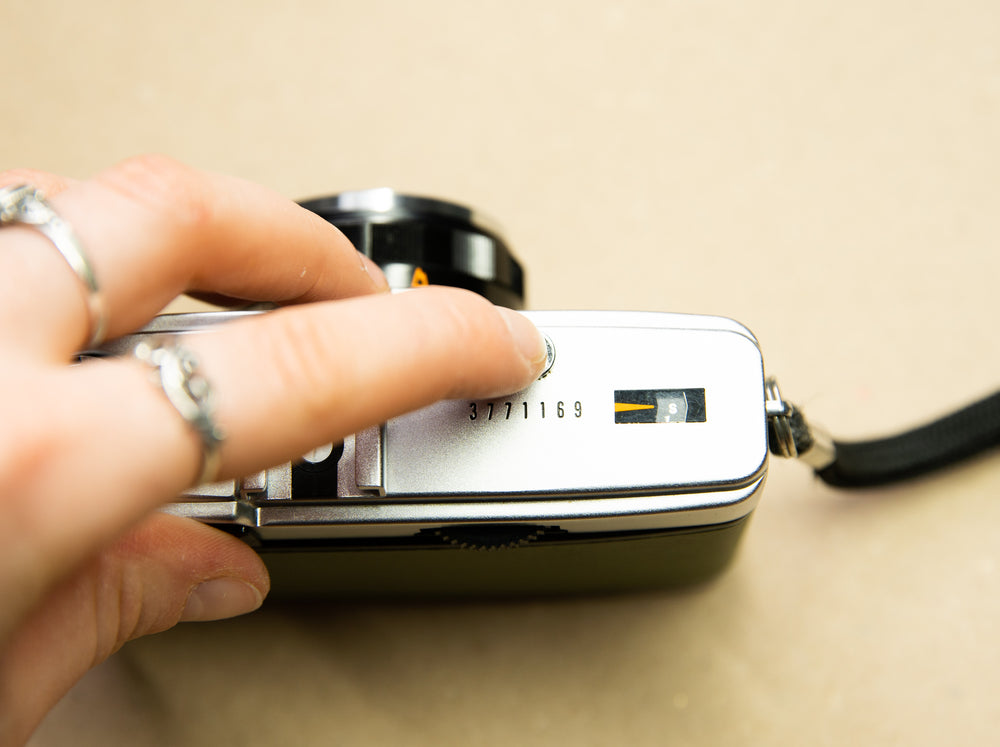
How do I focus the Olympus Trip 35?
The Olympus Trip focus settings are simple, but take some getting used to. There are four settings on the camera. The symbols for these are found on the black part of the lens, as shown earlier in the article.
The symbols are as follows:

The Olympus Trip has four focus settings . The viewfinder view does not change as you change the focus settings, so you need to know which setting is correct for how far away your subject is. Luckily, this is not hard.
The first setting has the symbol of one person. The first setting is used for close-up photographs , where the subject is less than 1 metre away.
The second setting is of two people, which is to be used for subjects from 1.5 to 3 metres away.
The third setting is a symbol of three people. This setting is used for subjects that are between 3 and 6 metres away.
The final setting is a symbol of a mountain, which is used for anything beyond 6 metres away.
If you ever forget these numbers, they are engraved on the underside of the lens (opposite to the symbols on the top).
How does the Olympus Trip 35 red flag feature work?
The purpose of this Olympus Trip feature is to stop you from taking a photograph that is not exposed enough and therefore will not be visible when developed.
When there is not enough light in your image, the red flag will pop up in the viewfinder. You will clearly be able to see it if you are looking through the viewfinder. It also blocks the shutter button from being pressed.
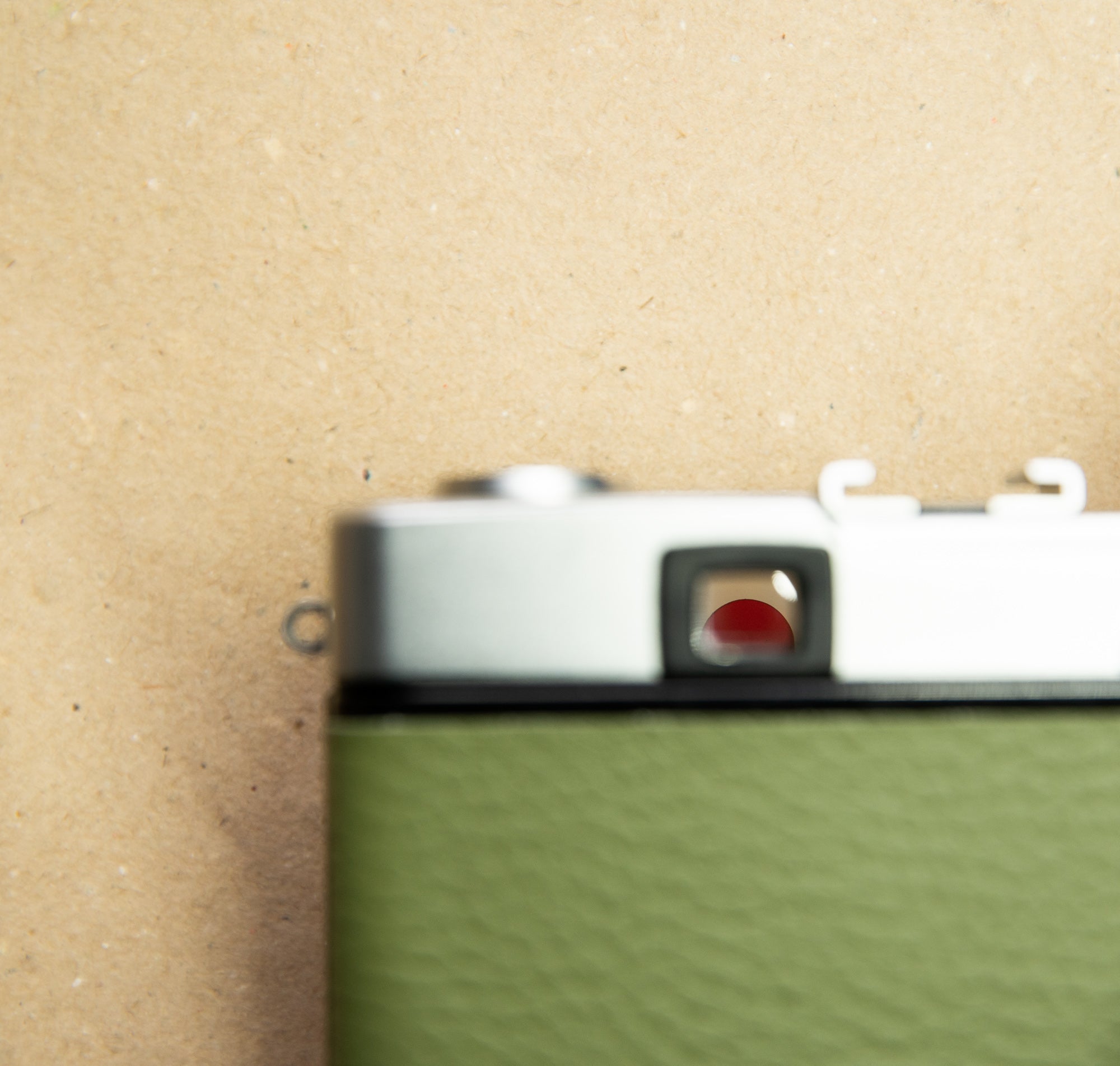
Can I use the Olympus Trip at night?
Yes, you can.
The easiest way to do this is to attach a flash to the top of the camera.
Attaching a flash to the top of the camera is easy and most flashes can be used on the Olympus Trip. It has a standard flash hotshoe on the top of the camera.
Here is an example of a flash that can be used on the Olympus Trip:
When using a flash on the Olympus Trip, there are different settings to use. These are the aperture numbers on the silver barrel of the lens closest to the camera.
The aperture you use needs to be read off of the meter table, which is usually displayed on the back of the flash unit.

You can read more about using the Olympus Trip at night here .
How To Rewind Your Film
Congratulations, you've finished your roll of film.
How can I tell if the roll of film is finished?
You will start to feel some resistance when trying to advance the camera. Do not force it, as you will snap part of the mechanism.
If you are using a 24 exposure roll of film, you will have reached the 24th shot. The shot counter should show the number 24, or near to that number. The same applies for a 36 exposure roll of film, as this will show the number 36. Sometimes you are lucky and get 37 or 38 shots out of a roll of film.
When the film will not advance any more, the film is finished.
How do I take the roll of film out?
On the bottom of the camera is your rewind button. Push this button in. It should stay in after you have pressed it once.
You can now use the rewind knob to rewind the film into the canister. Turn the knob clockwise.

Rewinding the film usually takes around thirty seconds of rewinding. You will feel when the film comes off of the spool at the end, because the rewind knob will have less resistance. Keep rewinding it until you feel certain that the film is back inside the canister.
You can now open the back and take the film out.
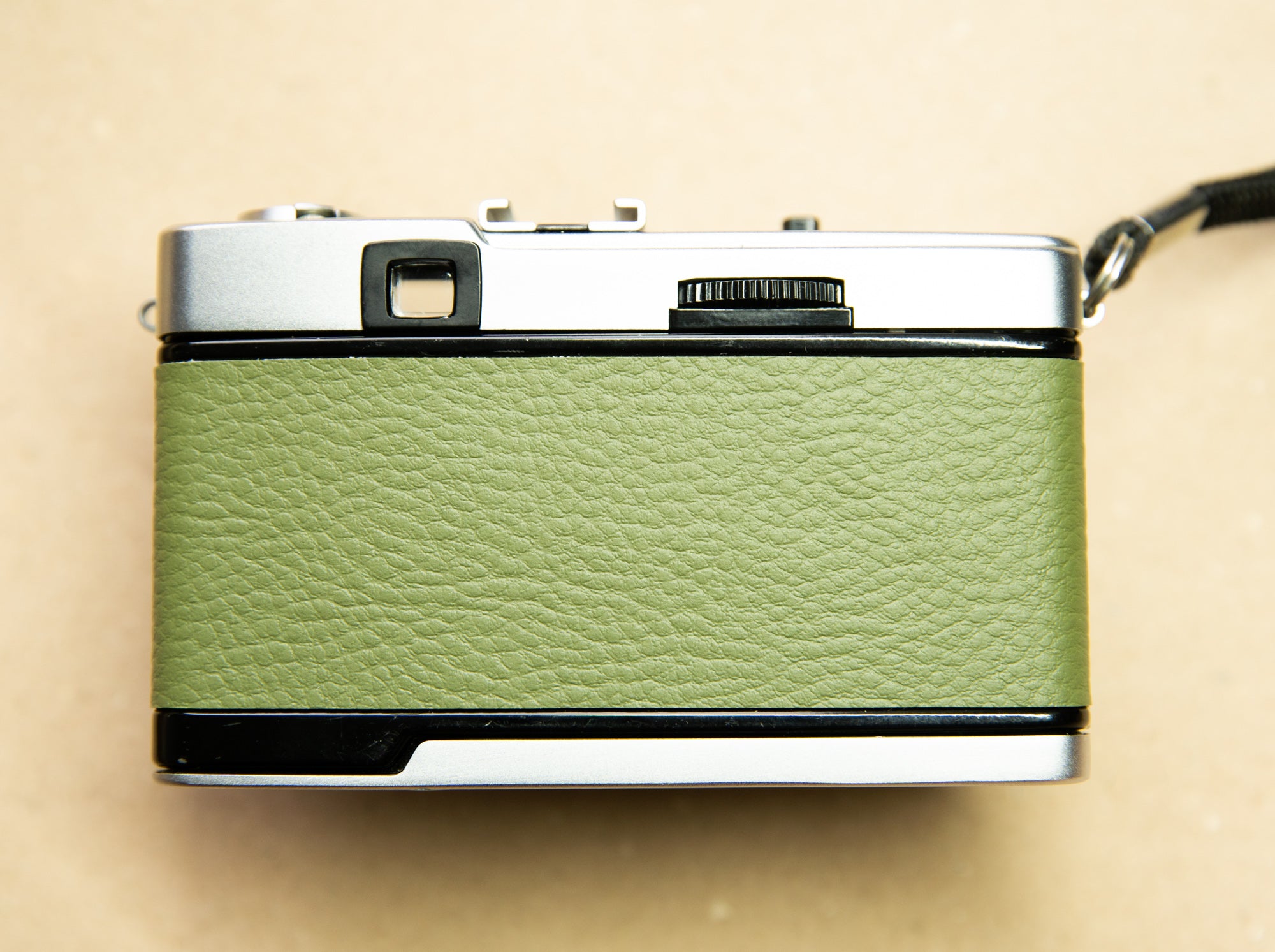
That's just about everything you need to know about the Olympus Trip 35 35mm film camera! We really recommend this camera for beginners, so we hope you have a great time using it and create some lovely images.
I think my Olympus Trip is broken; what should I do?
A lot of Olympus Trip 35mm film cameras have never been serviced in their lifetime. Because they are holiday cameras, a lot of them have sand in the mechanisms.
We highly recommend getting your Olympus Trip serviced if it hasn't been used in a while.
Maintained, these cameras can last many years, however when they have been left for decades, they can develop a few issues, such as stuck aperture blades, stuck shutter, non-functioning light meter, etc.
All of our Olympus Trip services and repairs are very affordable, so definitely consider sending it to us before deciding that it doesn't work, or putting it back in a drawer.
Shop our full range of Olympus Trips and accessories here:
Find out more about the olympus trip here:.

Featured Camera: The Olympus Trip 35

Can You Use the Olympus Trip At Night?
If you like what we do, but can't buy a camera from us, please consider buying us a cup of coffee! It helps us to keep these resources free, consistent, and accessible.
Still stuck on which film camera to buy?
Try our film camera quiz. All you have to do is answer a few questions, and then you will get a list of personalised camera recommendations.
Or send us a message on Instagram , send us an email , chat to us on our live website chat, or read some more of our blog posts!

Article written by: Max
Max is the owner of Cameras By Max. They work full-time repairing and refurbishing all the 35mm film cameras you see on the website. Their favourite camera (at the moment) is the Olympus XA, and their favourite city in the world is Edinburgh.
Take our quiz to find your perfect film camera.
Not sure which camera is best for you?
Congratulations! Your order qualifies for a free planted tree. Plant a tree with any order over £60!
No more products available for purchase
Your cart is currently empty.

- 35mm Lenses
- Camera Reviews
- Point and Shoot
Olympus Trip 35 – Camera Review
Josh solomon.
- October 3, 2016

As enthralling as photography can be, long days, months, and years spent shooting can wear you out. In the worst case, it can lead to a photographic malaise that can dismantle even the most well-built minds from the inside out. It can render the best shooters incapable of even the simple task of pressing a shutter button. It’s shooter’s block, our equivalent to writer’s block, and it hit me hard over the summer.
I jumped out of bed one morning full of energy, ready to take on the world with my trusty Nikon F and Leica M2. But instead of plunging into a world filled with beauty, intrigue, and possibility, I found my surroundings cold, ugly, and indifferent. The images I tried to form seemed trite and overplayed, and I soon lost confidence in my ability to make a decent picture. Even the storied reputations of my F and M2 failed to inspire me. Every time I peered through their viewfinders I saw nothing but dust in the pentaprism and emptiness between the framelines.
Sufficiently depressed, I decided to stay home and put my cameras on the shelf. And it was while I was lying face down on a pillow listening to the opening lines of Chicago’s “Hard To Say I’m Sorry” that I realized I did, in fact, need a little time away. But I didn’t need a full-on vacation from the hobby itself – no, that would be too drastic. I just needed a change from the manual cameras that sat on my shelf. I needed an easier camera, and I had a feeling one camera in particular could fit the bill – the Olympus Trip 35.

The Olympus Trip 35 is a camera I’d heard a lot about but had never tried myself. Its reputation for ease of use and high quality seemed the perfect cure for my shooter’s block. And if the Trip 35 was the prescription, the Pasadena Camera Show was the pharmacy. There I found a beautiful Trip 35 for an absurdly low price, bought it, and quickly threw it in my bag.
One would think the Olympus Trip 35 would seem out of place next to legendary cameras like the aforementioned Nikon and Leica, but it actually fits right in. This camera, although not as capable as the other two, holds an equally lofty place in photographic history. Just as the F and the M defined the SLR and rangefinder genres respectively, the Trip 35 defined the point-and-shoot game. More impressive still, the Trip 35 actually outsold the Nikon F and the Leica M2 by millions. Take that, fanboys.
Olympus achieved these massive numbers by appealing to the casual shooter rather than pro photographers, specifically focusing on the new generation of moneyed vacationers. Racing from landmark to landmark and airport to airport, these sightseers simply lacked the time and interest needed to learn the boring particulars of photography required to operate a camera. Instead, they required a camera that was simple to use, but sophisticated enough to beautifully capture their memories.
Good design marries aesthetics to functionality, and the the camera gods couldn’t have picked a better company to bring the Trip 35 to life. Olympus’ design house, fresh off the ingenious half-frame Pen F, struck gold again with the Trip. The design is classic Olympus; clean-cut lines and an impossibly small form factor, the Trip wastes no time and gets straight to the point. It’s as well designed as any machine of its day, more impactful when we recall that the Trip came of age in an era where cameras were still fully mechanical, save for the occasional battery powered light meter. Automation seemed a distant (and expensive) fantasy, so when Olympus created a genuine auto-exposure camera out of primitive nuts and bolts, the world took notice. This was in no uncertain terms an engineering miracle.
The Trip 35 accomplishes this sorcery by determining the amount of light that enters a Selenium photo cell surrounding the lens, and choosing a correct aperture based on this reading. The camera then chooses a shutter speed of either a 1/200th or 1/40th of a second and we get a perfect exposure. When the camera’s incapable of making an acceptable exposure, a little red flag shows up in the viewfinder and the shutter locks out. The magic of this system is that it takes all exposure-related worry out of our minds. We don’t have to agonize about aperture, shutter speed, or even battery life, a godsend for vacationers and anxious photo geeks.
But before we experience it, it’s quite easy to question the Trip 35’s simplicity. After all, how accurate could a camera this old and primitive be? And could the lens be good enough for our 21st century eyes? As I drove home from the camera show, my new Trip in the passenger seat next to me, these questions rolled through my mind. I really needed this camera to be decent, if I was to pull out of my photographic death spiral.
Just then, I received a text message from my sister. Can you pick up some pork buns in chinatown? thx. With this, I had my mission; buy some pork buns, shoot the Trip, and see if this ancient camera could walk the walk.
The first thing I noticed was its build quality. Comprised of metal and plastic, the Trip 35 is solid, but never heavy; lightweight, but never flimsy. The only disappointing aspect of the camera’s feel is its film advance wheel. A dinky plastic affair reminiscent of disposable cameras, this lackluster cog is forgivable when we remember that the Trip was built to be a consumer-level camera.
Peering through the viewfinder showed bright frame-lines with tick marks both for up-close shots and for landscape shots. These are helpful in view of the Trip’s lack of automatic parallax correction. Having used fancy Leica , Nikon , and Contax rangefinders renowned for brightness and clarity, the Trip’s viewfinder beats most of them. Its relative simplicity is a nice change from the cluttered and overly complex viewfinders of other machines. The Trip 35 also features a small window in the bottom right of the VF (affectionately dubbed the “Judas Window” by Trip 35 disciples) which shows both the chosen aperture and exposure setting on the camera.

So far, so good. But how was I to determine focus? I quickly realized that the Trip’s a scale-focus camera, which is not ideal for accuracy. But before I started feeling like Olympus left me all alone and helpless, I realized that they were kind enough to provide some handy distance-measuring tools. Settings along the lens barrel show a picture of one person for portraits, two people for pictures of two people, three people for group pictures, and a mountain symbol for everything in the distance, including mountains. I stopped hyperventilating, and realized that, for a point-and-shoot camera, this is more than enough. And for all you nitpickers, Olympus also included precise distance measurements in both meters and feet on the underside of the lens. Phew.
Once shooting the Trip started to shine, and I was easily able to focus on exactly what matters most in photography – composition. From the first frame I found myself joyfully snapping away at whatever tickled my fancy, even though I didn’t know what aperture values and shutter speeds the Trip 35 was choosing. Frankly, I didn’t give a damn. All that mattered to me was finding different angles, new ways to play with light, and how to capture Chinatown’s unique charm. It felt like with each and every frame, the Trip was dissolving my shooter’s block more and more, and I wanted to just keep shooting.
So the little Olympus and I danced through Chinatown’s colorful landscape, happily snapping away. In no uncertain terms, it was the most fun I’d ever had with a camera. Even though the heat of the afternoon beat on my shoulders and the sweat sizzled on my brow, the Trip 35 and I ran through the city without a care in the world. The streets led us to the door of a steamy Chinese restaurant, then a pile of steaming pork buns, then back to the equally steamy interior of my car. I didn’t care how long the journey took or how much fluid I lost in that heatwave. It seemed like I sweated out my shooter’s block, and I eagerly raced home to deliver the buns, and develop the film.
But something was nagging me about the camera the entire way home; the focus issue. Had I gotten the focus correct for every shot? How was I to trust those markings? How could I possibly live without a focusing aid? Anxiety began to rear its head again and I had to stop myself from speeding over to a one-hour photo lab to assuage my fears. I gripped the steering wheel tight and told myself to trust the Trip. Besides, I still had a job to do. These pork buns weren’t going to deliver themselves.
After delivering and munching on said pork buns with my contented sibling, I decided to get the roll developed and scanned. My fears were partially founded. Some of the shots, especially photos of close subjects or darker scenes, came back fuzzy due to a combination of my poor distance estimation and the nature of the Trip’s exposure and focus systems. While the Trip automatically helps achieve sharp focus by selecting a smaller aperture for greater depth-of-field, this is only possible in bright light. As things get dark, the ability to shoot at a smaller aperture quickly disappears. In these situations it can be really difficult to nail correct focus. One minor consequence of this is that shooters with an affinity for portraiture and those sweet bokeh balls will probably be disappointed by this camera.

But expecting creamy bokeh and close range performance from the Trip 35 (or most point-and-shoots for that matter) is like expecting a ‘93 Honda Civic to outpace a Tesla Model S. It just won’t happen, and trying will lead to frustration. But just like that Honda, if you regard the Trip 35 as a reliable machine good for an occasional joyride, it will never disappoint. The Trip 35 is capable of a great many things , but we must be careful to recognize and respect its own limits.
When we get the focus right, the Trip’s fantastic 40mm F/2.8 Zuiko lens delivers in spades. The lens is a front-focusing Tessar type lens, which means that it’s very simple and very sharp, and it retains this sharpness edge to edge without chromatic aberration, spherical aberration, or any kind of distortion due to its simple optical formula and Olympus’s masterful execution. The lens’ quality even overcame the limitations of expired film, and ended up giving me some great results.
For whom is this camera best suited? First and foremost, the Trip 35 might just be the perfect camera for the casual photophile. Olympus built this camera to document the daily adventures of the everyman, and the Trip does this beautifully. And for experienced shooters, the Trip 35 can be a great way to break free of shooter’s block, or inject our shooting with something fun and carefree. It emphasizes the art of composition rather than the cold calculations of exposure, but even more importantly, it reminds us to relax, have a pork bun, and not take ourselves too seriously.
Want to try the Trip 35 for yourself?
Buy it on ebay, buy it on amazon, shop b&h photo’s vintage gear, follow casual photophile on facebook and instagram.
[ Some of the links in this article will direct users to our affiliates at B&H Photo , Amazon , and eBay . By purchasing anything using these links, Casual Photophile may receive a small commission at no additional charge to you. This helps Casual Photophile produce the content we produce. Many thanks for your support. ]
Share this post!
- Click to share on Facebook (Opens in new window)
- Click to share on Twitter (Opens in new window)
- Click to share on Reddit (Opens in new window)
- Click to share on Pinterest (Opens in new window)
- Click to share on Tumblr (Opens in new window)
- Click to email a link to a friend (Opens in new window)
- Camera Review
- film camera
- olympus Trip

Josh Solomon is a freelance writer and touring bassist living in Los Angeles. He has an affinity for all things analog. When not onstage, you can find him roaming around Southern California shooting film and humming a tune.
29 comments
Very nicely done.
Great review of the Trip! This is the camera that lured me away from Lomography and the whole low-fi aesthetic. While the metering system is somewhat primitive and the zone focusing can be imprecise, especially in low light, it’s obvious that all the money and work went into the lens. In the right circumstances it’s absolutely tack sharp. Once I started getting sharp images from my Trip, the Lomo LC-A+ and the Holga started looking a lot less appealing.
The Trip definitely has some big limitations but on its own terms it’s a great camera.
Here’s my Trip album on Flickr to get an idea.
https://www.flickr.com/photos/21156896@N07/sets/72157645739914959

Thanks for adding your Flickr album. It’s great for people to be able to see what these cameras can do in varied situations.
Thanks so much! Those images are fantastic; they really showcase what that lens can do. Funny you mention the LC-A+… ?
Thanks! The LC-A+ was the camera that got me back into using film after an extended dalliance with digital photography. I used it really heavily for about 2 years before becoming curious about other cameras. The fact that the Lomo is also a zone focuser made it very easy for me to switch to the Trip and the XA2.
Great write up Josh, and really nice album Neilson! I had to do a double take on some of those shots, especially the close up portraits, realizing that you had used a Trip.
I agree, what a great review and some fine shots on that flickr gallery. I’ve just bought my 50th Olympus Trip 35 and am steadily rebuilding them from head to toe. I’ve posted some reviews and other helpful reviews on my site https://trip35.co/
Great pictures from the Trip. You got to love these little cameras!
The Trip 35 was *made* for landscapes and group photos in good light outside. It’s really dang good for those things. For everything else, not so much! But like you, on a day when I’m just out and about shooting stuff, I find the Trip 35 to be big fun.
My last outing with my Trip 35: https://blog.jimgrey.net/2015/04/20/olympus-trip-35-revisited/
If I ever get on an airplane again I think I’ll be bringing this camera… We’ll see. Josh and your post have helped convince me. Thanks for sharing.
Great review of one of my favourite cameras and one of the best free cameras I’ve ever been given. The quality you can get from this little package has always astounded me, this is an example taken with just bog standard Poundland special film (Agfa Vista 200) https://the6millionpman.wordpress.com/2016/09/30/cardiff-bay-sunset-3/
And yet again I confess to being an Olympus fanboy.
Beautiful colors and range on that.
Great article Josh, and thanks for publishing it James. There wasn’t a link, but I started the Olympus Trip 35 users group on Facebook, here is the link. P.S. A few famous photogrpaphers in the group.
http://www.facebook.com/groups/OlympusTrip35
Hey my friend! Thanks for commenting. We did include a link there, it’s in the third to last paragraph where it says the Trip is “capable…” etc.
And for anyone down here in the comments, do check out the FB group. Amazing talent there shooting with all kinds of Trips.
The Trip Flickr group is worth checking out too. Lots of good stuff there.
https://flic.kr/g/5jsssh
Great write-up! I have three of these and, while I’m by no means a great photographer, I do love the pick-up-and-go nature of the Trip 35. For those who are interested, I spent an entire day refocusing the lens on one of mine;
https://teeritz.blogspot.com.au/2014/04/re-focusing-lens-on-olympus-trip.html
Almost drove me nuts!
That post is scary. You’re a brave man.
Bought a Trip after reading a recommendation by Ken Rockwell. At the time I thought I only ever needed one camera – an FE – and I had one. However, the Trip is great for other things. As you say, the pictures are so sharp. And its so easy to use.
I love my Trip 35. Fantastically sharp lens and incredibly easy to use! The zone focusing took a bit getting used to and I do still occasionally misfocus, but when that happens I embrace my inner William Klein. Also, my copy came with a lens cap and zipped up in a bag so the selenium is not at all worn out and the AE is spot-on. I actually trust shooting slide film in this camera more than any of my all-manual cameras!
Hi! Thank you so much. I am seriously considering to buy a Trip. I want to go traveling and bring a good camera. Do you think this one will do? And some people say it’s not really for taking photo’s in the dark/on parties. Are they right?
Thanks again 🙂
Hey Nikki! The Trip is the perfect camera for travel and casual outdoor shooting IMO, but it does suffer in low light without a flash. A little compact flash will help, and it does have a manual aperture override for accurate flash exposures.
If you’re going to be spending lots of time indoors I would suggest either picking up a cheap P&S with a built in flash, or upgrading entirely to a compact SLR/fixed-lens rangefinder with a fast (f/2 and under) lens for low-light shooting without a flash. Hope this helps!
Hello Nikki, I am the Admin of the Olympus Trips 35 Users Group, I recommend you join to get advice, and there are trustworthy sellers in the group.
See the website link below my comment
I’ve recently picked up aTrip 35 and have been very pleasantly surprised by the ease of use and picture quality. I even tried some low light close shots and had better results than I expected. Tip #1: use 400 speed film to increase versatility. You get more depth of field in any situation and therefore more focussing accuracy. You will also hold off the “red flag” for a stop or two. Tip #2: learn how to guesstimate the zone distances as accurately as possible. If you’re shooting close-up in lower light try to nail the actual distance e.g. set the lens on 1 meter and try to be 1 meter away. Use a tape measure at first so you can see what the distances look like. As the light falls or distances get closer then more accuracy is required from the photographer. Tip #3: remember that you can press the shutter button half way down to lock the exposure. Meter off a mid-tone then recompose and shoot. This will help with back lighting and other tricky light. Tip #4: try to shoot within the limits of the design and you will get good results. The Trip 35 was meant for family holidays and a whimsical approach to photography. If you require critical focussing or metering the Trip was never really designed for that. Enjoy!

Hi, Josh. Great writing. I enjoyed reading your review and laughed so much at the pork bun adventure! Thanks!
Thirty-seven years of shooting film and the Trip 35 was a camera I’d always ignored for being ‘too simple’. I spotted one in a local charity shop last week that was cased, boxed and in lovely condition and I got it for next to nothing. I ran half a roll of FT-12 ASA50 cinema film through and the results were far better than I expected. I started out on Olympus all those years ago (still use them) but I’m a bit ashamed of myself for ignoring this little gem. My 8 year old is just starting to take an interest in photography and this is going to be ideal for her.
Thanks for a great review and for pointing out a couple of little features I hadn’t spotted.
Quick pedantic note: In virtually everything I’ve seen online about the Trip 35, there’s one thing that nobody ever seems to say:
The Trip 35 is essentially the full-frame version of the earlier half-frame Pen EES and EES-2.
I had an EES-2 and it was a great shooter for an inexpensive camera. It worked exactly the same way as the Trip: the selenium meter around the lens chose one of two shutter speeds or raised a red flag if there wasn’t sufficient light; it had a four-icon zone focus lens; there was one manual speed for flash along with adjustable f-stops when not in Auto. Of course, the Trip had a different focal length lens to produce a full-frame image, but I suspect it’s of a very similar design to the EES-2’s. And note that the Trip 35’s top plate includes the EES-2’s hot shoe, along with the back cover/rewind knob from the Pen series (and frame counter from the Pen F series), and the viewfinder is essentially the same as the EES-2’s.
My point is: the Trip 35’s super-successful design wasn’t actually new, the camera was scaled up from the already successful Pen EES series.
Thank you… Now I’m on my way for fun an Mindfulness 🙂 A very brilliant text who give me interests and energy. Thank you 🙂
Just bought one, trying it out tomorrow. I would suggest to buy a tripod and a self-release cord, set it to A and just set for the distance. I used to carry a 110 film camera back in 1977 and was taught photography back in 1981 from a WW2 vet. Warhol used a Pentax 35afm because he could set a high iso without flash.
Leave a Reply Cancel reply
New york city and the half-frame 35mm olympus pen d, the cinematic point and shoot – minolta p’s (freedom vista) review, olympus xa2 – point and shoot 35mm film camera review.

The Olympus Trip 35 Review: Everything You Need To Know
I’ve worked with many Olympus Trip 35s over the years and I’ve discovered the pros and cons of this brilliant little rangefinder camera!
The Olympus Trip 35 is so popular because it’s very easy to use, it has a great lens and it’s ideal for the novice photographer. Also, the Olympus Trip 35 is one of the only 35mm cameras powered by the sun, making it really handy to take on holiday with you. Since 1967 10 million units have been sold, which is a tremendous amount even today.
If you want to know how this camera compares to others, how much you should be paying, some of its common issues and much, much more then read on!
I’ve worked with a hell of a lot of Trip 35s over the last few years and I like them because they’re really simple. If there’s something wrong with a Trip 35 I usually know it pretty much instantly because they aren’t especially complicated.
I’ve sussed out all the common issues, what can be fixed easily and what spells the end for an individual Trip 35. Usually, it’s lens fungus or an unreactive aperture that means doom for this little camera.
After years of working with them, I took one to the south coast of England to do a full review and I was actually pleasantly surprised by it. As you’ll see throughout the article, there are actually some good pictures that came from this ancient camera.
Some shots were let down by the very real limitations of this camera but on the flipside, due to the brilliant 40mm Zuiko lens, when the exposure is correct, its shots are great.
There are a lot of pros and cons to this camera so it’s well worth reading up on it to figure out if it’s the right fit for you. I enjoyed shooting it more than I expected but it wouldn’t be a camera that I’d rely on regularly.
Olympus Trip 35 Specs
Format – 35mm
ISO – 25 – 400
Battery – Solar Powered Selenium Battery
Exposure – Automatic
Shutter Speeds – 40 – 200
Flash – Hot Shoe
A Brief History Of The Olympus Trip 35
Introduced in 1967 and rolling on until 1984, the Olympus Trip 35 was completely ahead of its time. Sporting a solar-powered light meter in the late 60’s was pretty special.
Of course, Olympus’ market audience was pretty obvious, being named ‘Trip’, it’s kind of spelt out for you. Strong, reliable, doesn’t need any batteries, anyone could use it, that pretty much ticks all the boxes when it comes to a holiday camera.
Incredibly, over 10 million Trips were sold (Up for debate) and of course, they’re still being bought and sold to this day.
How Does The Olympus Trip 35 Battery Work?
The Olympus Trip 35 is powered by the sun using a selenium light meter which is the ring around the lens. This powers the light meter and allows the camera to choose the shutter speed and aperture (depending on which settings you have on). This would have been very unusual in its time but the fact that it’s still reliable today is brilliant.
Is The Trip 35 Lens Good?
Yeah, the Olympus Trip 35 has a pretty good lens but I’ve got to say, there are quite a few drawbacks. The lens itself is a beautiful 40mm 2.8 Zuiko lens, it’s pretty high quality for a camera that feels like a point-and-shoot.
I’d say the main drawback is that the focus is zonal and you only have 4 options. You should be able to see above, there’s a picture of one person, then two, then a group and then a landscape symbol. These are your focus options and it’s basically, 1.5m, 2m 3m and 6m and beyond.
This does limit the camera quite a lot but you’ve got to forgive a 50-odd-year-old camera sometimes.
The focal length is interesting, 40mm is pretty unusual but it’s still just wide enough to take the kind of pictures you’d usually take when you go on your holidays. It’d probably be preferable to have a 35mm lens but beggars can’t be choosers.
The Olympus Trip 35 Compared To The Olympus OM10
It’s worth comparing the Olympus Trip 35 with the Olympus OM10 as they’re currently at similar prices.
The Olympus Trip 35 isn’t that similar to the Olympus OM10, the Olympus Trip 35 is a small point-and-shoot rangefinder and the OM10 is an SLR however, it’s good to see what the Olympus Trip 35 is like in comparison to another well-known camera.
The Olympus OM10 would provide much better shots as it has better quality lenses and more control however, the Olympus Trip is more convenient, more compact and easier to use.
How Much Is The Olympus Trip 35 Worth?
Currently, the Olympus Trip 35 is worth around $100-125 or £70-100. You can of course get the Trip 35 for less if you try bidding for it on eBay or search thrift stores and flea markets but it’s worth trying to make sure that your Trip 35 is all working correctly.
What Kind Of Photography Is The Olympus Trip 35 Best For?
The Olympus Trip 35 is unsurprisingly best for travel-type photography. This camera was made with travel in mind as it’s small, compact, strong, easy to use and doesn’t require any batteries. Otherwise, this is also a good camera for day-to-day use. Photographers like David Bailey championed the Olympus Trip 35 believing that it was an incredibly high-quality camera.
Although the Olympus trip 35 has a great lens it’s not necessarily overly accurate and it’s not easy to focus correctly so despite the fact that it has a 2.8 lens it doesn’t mean it’s very likely that you’ll be able to focus correctly close range and get the most out of that lens.
This is not necessarily ideal for more professional types of photography and is definitely better to be used in day-to-day life and travel photography.
Is The Olympus Trip 35 Fully Manual?
The Olympus Trip 35 has two settings, one is an automatic setting that chooses your aperture and shutter speed for you, it decides between a shutter speed of 40 and 200 and between apertures of 2.8 and 22.
Alternatively, you can decide the aperture and the shutter speed will be decided by the camera. All focusing is manual and all ISO needs to be changed manually.
How To Use The Olympus Trip 35
Olympus Trip 35 is a very simple camera to use once you get the hang of it, until then understanding its limitations can be slightly hard.
If your camera seems not to be working properly try to leave it in the sun for some time to effectively charge its battery.
To open the back of the camera there is a small lever on the bottom of the side of the camera which just needs to be pulled down until the back pops open.
To change the aperture just rotate the ring at the base of the lens, this ring will show numbers from 2.8 two 22. If you want to shoot in automatically then turn it all the way around until the red ‘A’.
To change the ISO you just need to rotate the ring on the outer edge of the lens until you are to the correct ISO.
In order to focus you need to rotate the black ring on the lens. The closest focus mode is portrait mode, then there is middle-range portrait row mode, next, there are people standing further away from you and finally, there is a full landscape mode.
To attach a flash you simply have to slide it into the hot shoe located on the top middle of the prism.
To shoot and wind on you just have to press the shooting button on the top of the camera and then wind the black winder on the back of the camera until you can’t wind it any further.
To rewind the film you must first press the black button on the bottom of the camera to release the film and then wind the silver winder on the top left of the camera all the way back until it feels loose.
Common Faults Of The Olympus Trip 35
As the Olympus Trip 35 is a very old camera it has a number of common faults, hopefully, I can shed some light on these and help you avoid them or potentially fix them.
Commonly the red flag of the Olympus trip 35 will stop working, the red flag usually shows you when the scene would be too under-exposed. The red flag would appear at the bottom of the viewfinder when you are looking through it and would usually stop you from taking a picture if it’s too dark.
Sometimes the lens won’t react correctly to light, this is a great thing to check because if this is happening then it’s not really something that you can stop and it will ruin your photos. If this is happening the only advice I can give is to put it in the sun for a bit to see if this charges your selenium battery.
It’s likely that the light seals have worn away unless you bought your camera from a reputable dealer. You will probably have to replace a small number of light seals just to ensure that you do not get light leaks, this is fairly easy and if you want to find out how to do it then go to this link .
Lastly, the lens may have fungus and if the fungus is internal and it’s not something that would be easy to fix it would be much simpler just to get another one.
Final Word On The Olympus Trip 35
This is a great camera for travel and is certainly a camera to consider using. Personally, it’s not my kind of camera, I prefer more control and this just doesn’t cut it for me!
For a camera of its age, it truly is fantastic, a solar-powered vintage wonder that can still produce some beautiful shots!
Leave a Reply Cancel reply
Your email address will not be published. Required fields are marked *
Save my name, email, and website in this browser for the next time I comment.
Hey! I've been shooting film for a very long time and throughout all of my 20's it's been my main format. In 2019 I started to buy and sell film cameras and I became a top rated seller on Etsy and eBay. I've built up a wealth of knowledge about different kinds of film cameras and their common issues.
Since I started photography I've produced a number of zines/prints and more recently made a book called 'So Far So Good'.
I started this website in late 2021 with hopes of helping out people who had been looking for similar information to me and so far, I'm really enjoying it.
Similar Posts
The 12 best budget 35mm film cameras in 2023.
After working with film cameras for years, I’ve got first-hand knowledge about what’s good and what’s not in the camera market. There are so many film cameras out there, it’s tough to know what you should go for! So I’ve put together this guide of some of the best budget film cameras to make your…

Olympus Superzoom 70g/76g/80g/100g/105g Review – Are They Good?
Date written – 28/08/2023 I’ve been shooting film for 7 years now and over that time I’ve had a lot of experience with Olympus Superzooms. The Olympus Superzoom G series is comprised of zoom point-and-shoot cameras with 38mm to 70-105mm F 3.7 to F 9.5 lenses. They’re reliable, compact and easy to use, making them…
Olympus OM1 VS OM2 – What’s The Difference?
Over the years I’ve come across a lot of OM1s and OM2s and I’ve discovered the pros and cons of these classic cameras. The Olympus OM1 is a small, fully manual SLR camera with shutter speeds from 1s-1/1000s and the Olympus OM2 is a super compact, auto/manual SLR camera that has an electronic shutter. There…
The Pentax ME Super Review: Everything You Need To Know
I’ve shot and tested a hell of a lot of Pentax ME Supers over time I’ve got to grips with this fantastic SLR, this has provided me with great insight on this compact king. The Pentax ME Super is one of the best 35mm Aperture Priority cameras ever made. Many people agree that the Pentax…
The Lomography Apparat Review – Everything You Want To Know
I took the Lomo Apparat out for a spin so I can show you how to use it and get the best shots with it and find out if it’s worth the price! The Lomo Apparat is a film camera that Lomography released in 2022, it comes with a massive range of accessories and attributes…
Kodak Portra 160 VS Kodak Ektar 100 – What’s The Difference?
I’ve been shooting film for over 7 years and over that time I’ve shot a lot of Ektar 100 and Portra 160 and found the small differences between the two. Kodak Portra 160 has fine grain, pastel colour saturation, perfect skin tones and brilliant dynamic range, making it perfect for a number of different types…
Your cart is empty

Non-Olympus compact flash gun
A simple, small flash gun that has been tested and works perfectly on the Olympus Trip 35 camera.
It connects via the hot shoe and takes 2 AA batteries, which are readily available.
These guns are used but in perfect working order. A small LED illuminates when the gun is charged up. Set the Trip's aperture ring to the appropriate f-number as indicated by the distance scale on the back of the flash gun.
The image shown is of a typical flash gun stocked. We like the Sunpak 140 as we find them reliable and compact.
Related Products

UV 43.5mm filter - NEW

Used 43.5mm Olympus Close Up f=30cm Boxed

Olympus PS 200 Flash Instructions - Trip Man version

Neutral Density ND 43.5mm filter - NEW
Recently viewed.
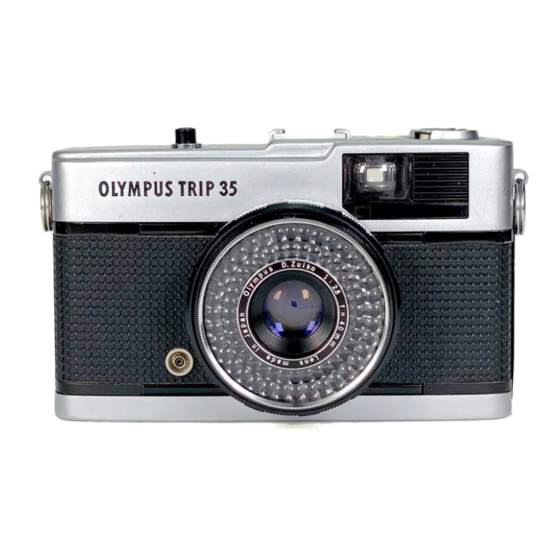
- Olympus Manuals
- Digital Camera
Olympus TRIP 35 Manuals

Olympus TRIP 35 Instructions Manual (13 pages)
Table of contents.
- Setting the Camera to Manual System 2
- Loading the Film 3
- Engaging the Film End with the Take-Up Spool 3
- Before Closing the Rear Cover 4
- Checking the Film Counter 4
- ASA Film Speed Setting 5
- Setting the Camera to Auto System 5
- Composing the Picture and Releasing the Shutter 7
- Rewinding the Film 8
- Flash Photography 9
- The Olympus Pen Flash CL 10
- When Using Ordinary Flash Gun or Electronic Flash 10
- Technical Data 12
Advertisement

Olympus TRIP 35 Repair Instructions (17 pages)

Related Products
- Olympus Trip 500
- Olympus TRIP 505
- Olympus TRIP 600
- Olympus Tough TG-810
- Olympus Stylus Tough 8010
- Olympus Tough TG-820 iHS
- Olympus STYLUS U TOUGH-3000D
- Olympus u TOUGH-6000
- Olympus TG 850
- Olympus STYLUS TG-870
Olympus Categories
Upload manual

Item added to your cart
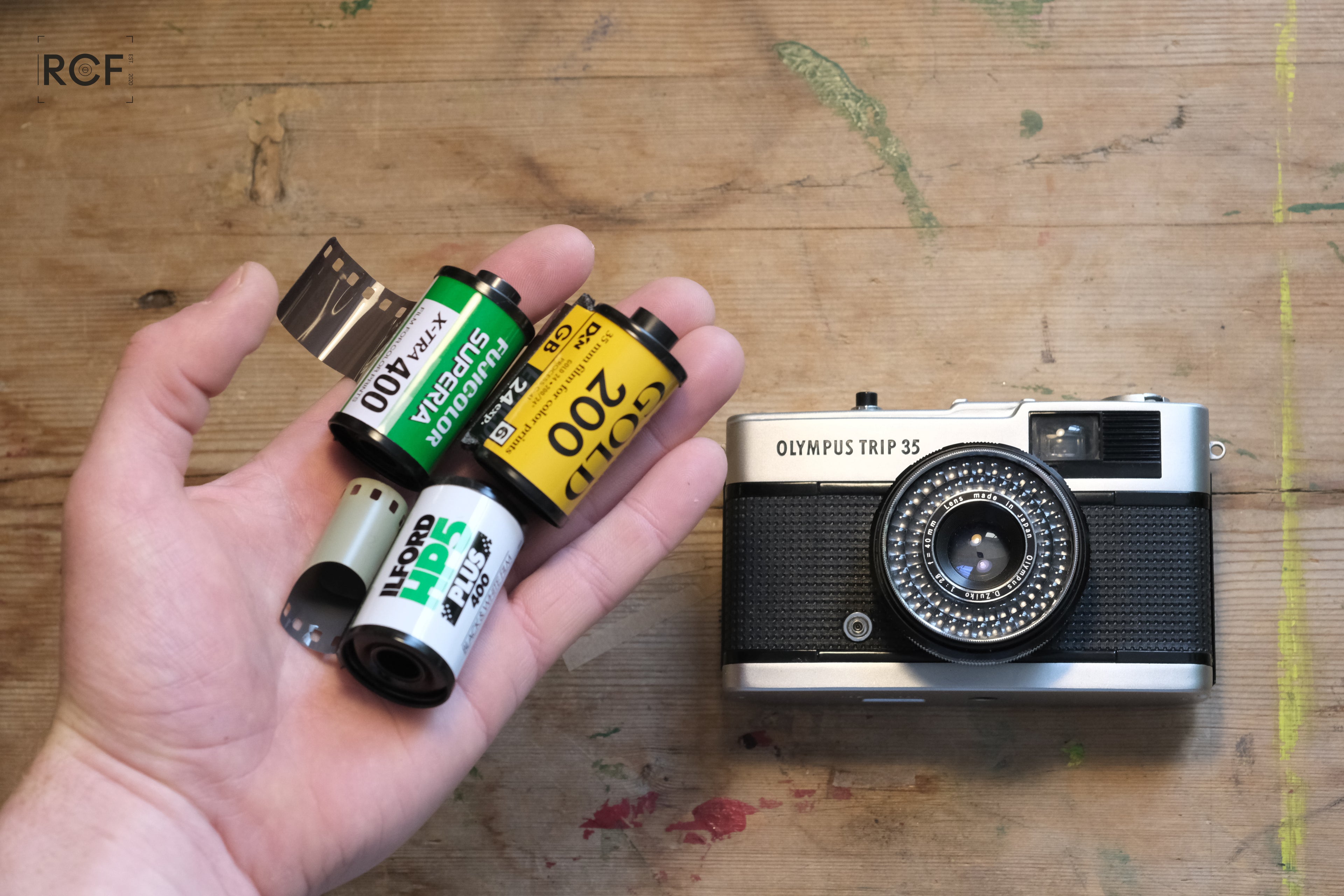
If you're the proud new owner of a vintage Olympus Trip 35 film camera, you're in for a treat! This classic piece of photographic history is perfect for capturing memories with a unique analog touch with ease. In this guide, I'll walk you through the step-by-step process of using your Olympus Trip 35, complete with images and important precautions to ensure you get it right every time.
Expand the relevant guide:
Collapsible content
Loading film into the olympus trip 35:.
Step 1: Choose your film
Select your preferred 35mm film roll, keeping in mind that the Olympus Trip 35 is compatible with ASA/ISO speeds ranging from 25 to 400.

Popular film brands include Kodak, Fujifilm, and Ilford. This post I wrote might be useful: Buying 35mm Film - A Complete Guide
Step 2: Set the film speed and set the camera to manual for film loading
Set the appropriate ASA/ISO speed for your film using the dial located on the front of the camera, near the lens.

Also turn the aperture ring to any manual f number against the red line so that it isn't set to 'A'. The shutter can now be released regardless of light conditions.
Step 3: Open the camera back
![olympus trip 35 flash gun [Image 2: The Olympus Trip 35's back lock tab]](https://cdn.shopify.com/s/files/1/0571/3212/2301/files/DSCF2797_480x480.jpg?v=1684491064)
Locate the back cover lock tab on the bottom of your Olympus Trip 35. Pull it down and the camera back should pop open.
Step 4: Insert the film cartridge
![olympus trip 35 flash gun [Image 3: Film cartridge being inserted into the camera]](https://cdn.shopify.com/s/files/1/0571/3212/2301/files/DSCF2798_480x480.jpg?v=1684491072)
Lift up the rewind knob and insert the film cartridge into the film chamber on the left side of the camera, making sure the tip of the film is pointing toward the take-up spool on the right side. Then push the rewind knob back down into the roll of film (sometimes needs a wiggle or slight rotation to go all the way back down).
Step 5: Engage the film leader into the take-up spool
![olympus trip 35 flash gun [Image 4: Film leader inserted into the take-up spool]](https://cdn.shopify.com/s/files/1/0571/3212/2301/files/DSCF2800_480x480.jpg?v=1684491080)
Pull the film across the camera and insert the tip securely through and into a slot on the take-up spool. Advance the film using the wind-on wheel.
Step 6: Align the film perforations
Ensure that the film perforations are aligned with the sprocket teeth on both sides of the film.
![olympus trip 35 flash gun [Image 4: Film leader inserted into the take-up spool]](https://cdn.shopify.com/s/files/1/0571/3212/2301/files/DSCF2801_480x480.jpg?v=1684491091)
This ensures the film will advance smoothly when winding.
Step 7: Close the camera back
Close the camera back tightly. The camera back should click shut, indicating it is securely closed.
![olympus trip 35 flash gun [Image 6: Closing the camera back]](https://cdn.shopify.com/s/files/1/0571/3212/2301/files/DSCF2803_480x480.jpg?v=1684491101)
IMPORTANT: Never open the camera back before fully rewinding the film, as this can expose your film to light and ruin your photos. Make sure to rewind the film completely after taking all 24 or 36 frames before unloading it.
Step 8: Advance film to '1'
Keep winding film and releasing the shutter until the film counter points to "1". This ensures the unexposed part of the film is ready for your first photo.

IMPORTANT: Watch the rewind knob when you wind the camera on ; it should start to rotate at the same time as you wind, indicating that the film has been taken up correctly - this is key, if this is not happening after a few shots then it probably means that the film has not been securely engaged by the take-up spool and the loading process will need to be repeated.

Step 9: Set the camera back to "Automatic" and get ready to shoot!
Turn the aperture ring until the 'A' mark is aligned with the red line in front of the viewfinder (click stop).

Your Olympus Trip 35 is now loaded with film and ready to capture amazing photos.

Taking Photos with the Olympus Trip 35:
How to take photos with the olympus trip 35:.
Step 1: Ensure the camera is wound on
This gets the shutter ready and primed to take a photo.
Step 2: Set subject zone focus distance on the lens
The Olympus Trip 35 has 4 settings which equate to focusing zone distances away from the camera (shown on the underside of the lens barrel):

- 🧍♀️Close focus ≈ 1 meter. This setting is used for focusing on anything ~1 meter away from the camera, be it close headshots or other close up details.
- 👥 Portrait ≈ 1.5 meters. Used for focusing on anything ~1.5 meters away from the camera, for example portraits or capturing wider details in the photo.
- 👯 Group ≈ 3 meters. Focusing on anything ~3 meters away from the camera, eg. full length body shots/group photos.
- 🌄 Scenery ≈ 5+ meters. Focusing on everything 5+ meters away from the camera, great for landscapes or subjects far away from the camera!
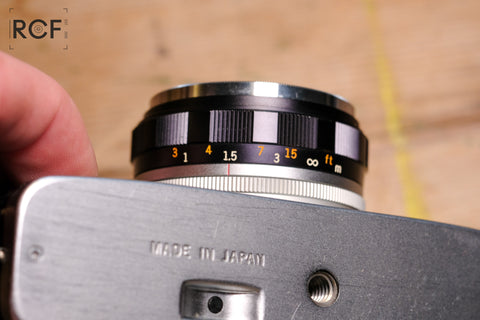
Step 3: Ensure aperture ring is set to 'A'
For 99% of situations in good light without a flash, it's best to leave the camera set to the red 'A'.

This lets the camera's solar powered meter set the exposure settings automatically and ensures a good exposure.
Step 4: Compose the photo using the viewfinder

Use the projected frame lines to see the area that will be captured in your photograph. There are hash marks to indicate the change in frame at close focus.
Step 5: Take photo by pressing shutter button

There should be a small click as the shutter fires - indicating a photo has been taken! 🙌 If instead a red flag appears in the viewfinder, this is a warning that there is not enough light in the scene for a proper exposure.

You can manually disable the red flag low light warning and take a photo anyway in low light by setting the aperture to '2.8'.
Towards the end of the roll it is important to not try to wind on the camera hard when you start feeling quite a lot of resistance or cannot wind on further - this signifies that the roll is finished, but if pushed too hard at this stage can result in the film snapping in the back of the camera.
Unloading Film from the Olympus Trip 35:
Step 1: Check the film counter
Once you've taken all the photos on your film roll (either 24 or 36 frames), check the film counter to ensure you've reached the end.
![olympus trip 35 flash gun [Image 10: Film counter indicating the last frame]](https://cdn.shopify.com/s/files/1/0571/3212/2301/files/DSCF2809_480x480.jpg?v=1684491137)
Towards the end of the roll it is important to not try to wind on the camera hard when you start feeling quite a lot of resistance - this signifies that the roll is finished and if pushed too hard can sometimes result in the film snapping in the back of the camera.
Step 2: Press rewind button in

Find the small black button on the base of the camera and push it in to disengage the film from the winding mechanism and allow the film to wind back into the film canister inside the camera.
Step 3: Rewind the film
Press the rewind button located on the bottom of your Olympus Trip 35. Then, turn the rewind knob clockwise to rewind the film back into the cartridge. Keep rewinding until you feel the tension release, indicating that the film has been fully rewound.
Step 4: Open the camera back

Following the same steps as when loading the film, locate the camera back lock tab on the bottom of your Olympus Trip 35. Pull it outwards to open the camera back.
Step 5: Remove the film cartridge
![olympus trip 35 flash gun [Image 13: Film cartridge being removed from the camera]](https://cdn.shopify.com/s/files/1/0571/3212/2301/files/DSCF2813_480x480.jpg?v=1684491173)
Pull up the rewind lever and lift the film cartridge out of the film chamber.
Step 6: Store and develop your film
![olympus trip 35 flash gun [Image 14: Film cartridge ready for storage or development]](https://cdn.shopify.com/s/files/1/0571/3212/2301/files/DSCF2814_480x480.jpg?v=1684491181)
Place the film cartridge in a light-tight container to protect it from light exposure. Take or send your film to a lab for development or develop it yourself using the appropriate chemicals and techniques.
Shop The Olympus Trip 35
Olympus trip 35 vintage 35mm film camera | tested & fully refurbished | 100 day guarantee, olympus trip 35 vintage 35mm film camera - forest slate green | tested & fully refurbished | 100 day guarantee, olympus trip 35 vintage 35mm film camera - burnt orange | tested & fully refurbished | 100 day guarantee, olympus trip 35 vintage 35mm film camera - golden yellow | tested & fully refurbished | 100 day guarantee, olympus trip 35 vintage 35mm film camera - teal green | tested & fully refurbished | 100 day guarantee, olympus trip 35 vintage 35mm film camera - lipstick pink | tested & fully refurbished | 100 day guarantee, olympus trip 35 vintage 35mm film camera - royal blue | tested & fully refurbished | 100 day guarantee, olympus trip 35 vintage 35mm film camera - sand beige | tested & fully refurbished | 100 day guarantee.
- Choosing a selection results in a full page refresh.
- Opens in a new window.
Olympus Trip 35: Perfect for Trips
A classic camera with legendary status, makes taking SLR quality photos a breeze and is the perfect camera for taking out, a real grab and go camera.

After sorting out my box of negatives, I found some from when I first started film photography and back then I shot with colour film, whereas now I’m purely black and white.
I picked this camera up on ebay after hearing many many good things on flickr and reading reviews here. I can’t remember how much I paid, but it wasnt much, around £7 I believe. My sister has recently bought one for a trip (that word is going to be used a lot in this review). She’s going on and cost her £18, I think this increase in price is due to the fact more people are realising just how good this camera is.
When my camera arrived, I did all the rudimentary checks you should do with a Trip 35 and that’s half depress the shutter to make sure the aperture blades are moving freely and make sure that the famous red flag rises in the viewfinder. When not enough light is available in “A” mode, simply do this by looking through the finder and cover the lens and press the shutter. The camera passed all the best and was ready to go.
Here are the specs for the Olympus Trip 35 you probably know them already:
Focus: Manual by scale, visible through viewfinder. Lens: 40mm f/2.8 Olympus D. Zuiko, 4 elements, three groups. Close Focus: 2.9’ (0.9m). Diaphragm: two bladed, diamond-shaped, stopping down to about f/22. Shutter: 1/40 or 1/200, automatically selected. No bulb setting. Meter: Selenium cell around lens. (automatically incorporates any filter factors.) Exposure: Program automatic (A) and fixed-aperture for flash. Note: if you chose a large aperture for flash and work in bright light, it stops down accordingly but keeps the shutter speed at 1/40. Film Speed: Third stops from ASA 25 – 400, except ASA 32. Filter Size: 43.5mm screw in. Flash: Hot shoe and PC terminal. Size: 4.912" W x 2.861" H x 2.269" D (124.77mm W x 72.67mm H x 57.62mm D). Weight: 13.77 oz. (390.5g).
Anyway, the following weekend me and my girlfriend and her friend went to Leeds, England. I took the Trip 35 with me, it fit nicely into one of my larger pockets due to the lens, and was easy to carry. I found the camera great to use on the street and hardly anyone notices it and if they do, they look intrigued. Here are some of the results from Leeds.

For my next roll, I decided to experiment a little. I used a roll of self redscaled film. It was iso 200 so I rated it at 50. Here are some results.

Overall, this camera is great and one everyone should own. Over 5 million were made so you will be able to pick one up, put any film init and it will perform fantastically. My two favourite things about it are the fact it doesn’t use batteries and well, it’s amazing zuiko lens. I believe the meter is accurate enough to use slide film and it is very consistent. Thanks for reading, keep shooting.
written by brandkow93 on 2012-05-17 #gear #street #review #colours #colour #olympus #olympus-trip-35 #david-bailey #sharp #redscaled
zorki , lizkoppert , spookydirt , joshuadleach , thepolaroid , foodeanz , alex34 , cloudishballon , chib3h , gengorou , concrete-monstaz , tomkiddo , wuxiong & neanderthalis .

Really wanted one of these for a while but told myself I couldn't buy any more cameras :/

I'm quite fond of this camera, i have never seen one with a lens cap!

@street_smile , I've got one with cap, recently brought from the auction: ic.pics.livejournal.com/romson/2316906/74569/original.jpg The logo has changed slightly since 1970, so possibly it's original cap.
More Interesting Articles
Tipster: film photo inspirations for summer.

The sun's out and so should our film cameras be! In this article we've listed a few fun, classic and experimental photo styles to give you inspiration for your summer shenanigans with the help of our creative community members.
Marce's Summer Adventures with the Sprocket Rocket

Busan-based film photographer Marce takes us back to summer and a trip filled with beautiful scenery and memorable moments, all captured using the Sprocket Rocket 35 mm Panoramic Camera.
A Visual Trip with the LomoApparat by Angela Izzo

Both known for their world-distorting and experimental styles, LomoAmigo Angela Izzo and the LomoApparat make the perfect pair to take us to another reality. Check out Angela's latest shots!
Bundle Up and Save!

On the look for a great deal? In need for the perfect gift? Not sure what film to get with your camera? Worry not and discover our budget friendly bundles including sweet discounts and freebies for many different products! Don´t miss a great deal and check them out now!
Mahnoosh Niakan's Timeless Portraits with the LomoGraflok

Large format is often slow and clunky. It takes a lot of time and effort to get the perfect image. But with our LomoGraflok, the first instant back for 4x5 cameras, we have broken these barriers. Photographer Mahnoosh Niakan shares her incredible portraits taken with the LomoGraflok.
A Light, Wide, and Compact Lens To Always Carry With You: The LC-A MINITAR-1 Art Lens

Sometimes we just need to free our creativity and wander around, with the only decision being the camera and lens choice we take when we step outside. The Lomo LC-A Minitar-1 Art Lens is the perfect tool for this occasion.
Tipster: Night-time Adventures With the Fisheye No.2
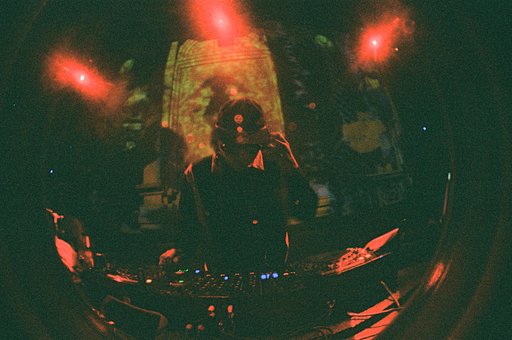
With its 170° lens mixed with features such as multiple exposure, bulb mode, and flash, the Fisheye No.2 is perfect for nights out. Here we share some tips on how to get the best low light photos with your Fisheye No.2.
Three Lenses in One – Nour Triplet v 2.0/64 Bokeh Control Art Lens

Ignite the legacy of a fascinating but forgotten scientist, Ibn al-Haytham, and become a master of light with this unique lens designed for spherical aberration control on full-frame mirrorless cameras. Shipping Live Now!
Available in our Shop
Enjoy Summer on Film with the LomoApparat Fluffy Omelet Special Edition

Thai artist Proei-Natchariya Laosrisin, also known as Fluffy Omelet, has designed a beach-themed new edition of our LomoApparat camera, perfect for capturing summer holidays on film. Check out the colorful camera and some photos taken by the artist!
Isabelle Baldwin's Large Format Experimentation with the LomoGraflok 4×5 Instant Back

Arizona-based photographer Isabelle Baldwin has a love for environmentalism and analogue photography, so when we found out that she takes her large format camera on her adventures, we knew she'd be the perfect match for our LomoGraflok 4×5 Instant Back.
The Fisheye No.2 and Double Exposure – A Multilayer Adventure

Make a bold statement and break from the straight lines of a classic lens. And if that is not enough, switch the multiple exposure feature on for an extraordinary circular adventure.
Film Photography Day Deals are On!

In celebration of Film Photography Day there are tons of exclusive discounts and fab freebies available so shop now and enjoy sweet savings before it’s too late!
Jonathan Mok on His First Impressions of the Diana F+ and Love of 120 Film

Jonathan Mok is a California-based photographer and creator with a knack for medium format photography. We knew the Diana F+ camera would be a perfect photographic companion for him!
Charm Within Everyday Life – Anna Starr Shoots With the Diana F+

Anna Starr has a passion for medium format experimental cameras, so we knew she’d be a perfect match for our endlessly creative Diana F+. In these photos she brings attention to the little things we might miss when going about our daily lives.
Your Lomography Holiday Gift Guide 2023

Let's take a look back at Lomography's 10 Golden Rules and find out which gifts are perfect for you and your loved ones! Film, instant cameras, art lenses, scanning kits, cute gadgets. . . you're sure to find something that suits you!
Find Out More About

Browse Over 250+ Film Cameras Shop Now
Trusted By Over 30,000 Customers On Their Photography Journey Early Access
Free Worldwide Shipping on Orders Over £200 Learn more
- Russia (GBP £)
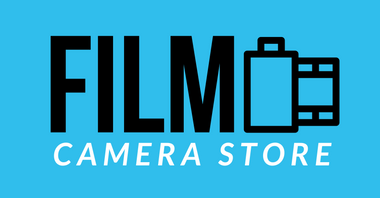
Returns & Exchanges
Hassle Free Returns Policy
Free Tracked UK Delivery
Tracked & Next Day Delivery
30 Days Guarantee
Market Leading Assurance
Free Worldwide Shipping
On All Camera Orders
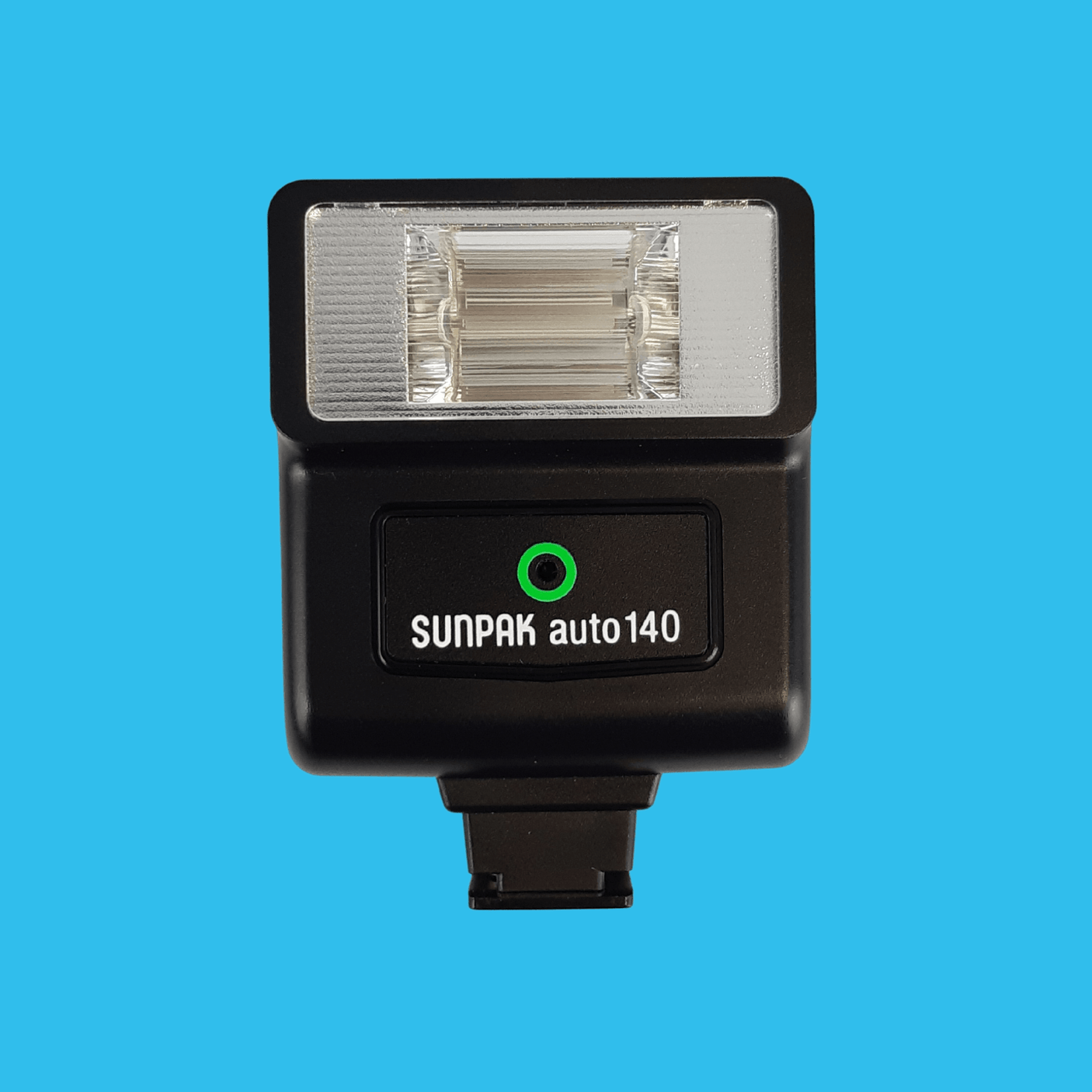
Flash Unit for Olympus Trip 35 Film Camera
Flash Unit for Olympus Trip 35 Film Camera is backordered and will ship as soon as it is back in stock.
Delivery and Shipping
- UK Standard orders are shipped via DHL Courier Tracked 48 hours (FREE)
- UK Express orders are shipped via DHL Courier Tracked 24 Hours (£8.99)
- International Orders are shipped via DHL Courier Tracked International (£20) or FREE on orders over £200
We offer Free standard shipping on all UK orders of cameras and accessories. We charge postage on orders of just 35mm film, to qualify for free shipping add a camera to the order.
International Orders - Spend over £200 to qualify for Free international tracked shipping.
We aim to dispatch all orders within 24 hours of cleared funds.
Return Policy
All orders come with a 14 days no questions asked return. The item(s) must be returned in its original condition.
For further information, please refer to our Returns Policy.
All cameras come with our approved 30 days guarantee.
For further information, please refer to our Guarantee Policy.
Help & Advice
If you have any questions or require advice choosing the right camera, our team are here to help!
We can be reached on [email protected] or fill in contact form
Description
External flash unit for Olympus trip 35 film camera. A small low-powered vintage flash. Manual only with no dedication features.
Note: This listing is for a random External Flash Unit to suit Olympus Trip 35mm Camera. Unit may vary from photo.
For auto flash settings:
Your flash will go off with your cameras shutter. Depending on the distance from your subject and the aperture of your camera lens, it will adjust the brightness of your flash.
For manual flash settings:
Adjust your shutter speed!
For example, w ith a Flash setting on an "A (auto)", have the aperture of the camera at f4 for a distance of 3.5m/12ft and 100 ISO (ASA - on an older model).
NOTE: Camera shown for illustration purposes only.
All our flash units are tested, 100% working, cleaned and come with a 30-day guarantee. The camera is packaged securely and shipped immediately. Tracked & Worldwide Shipping Available.
Payment & Security
Payment methods
- American Express
- Diners Club
Your payment information is processed securely. We do not store credit card details nor have access to your credit card information.
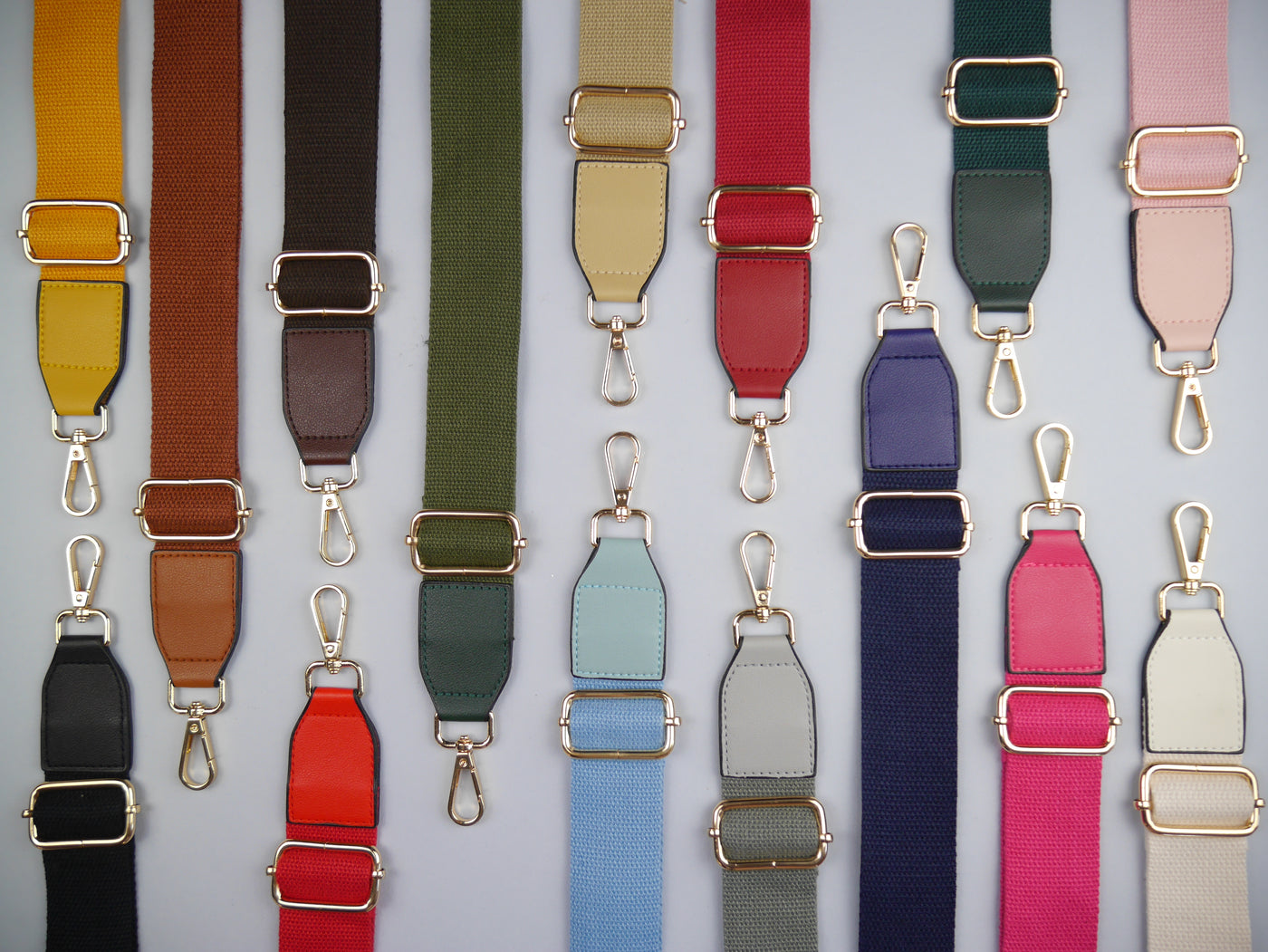
MAKE YOUR CAMERA YOUR OWN
Shop our huge range of camera accessories and customise your camera to make it truly your own
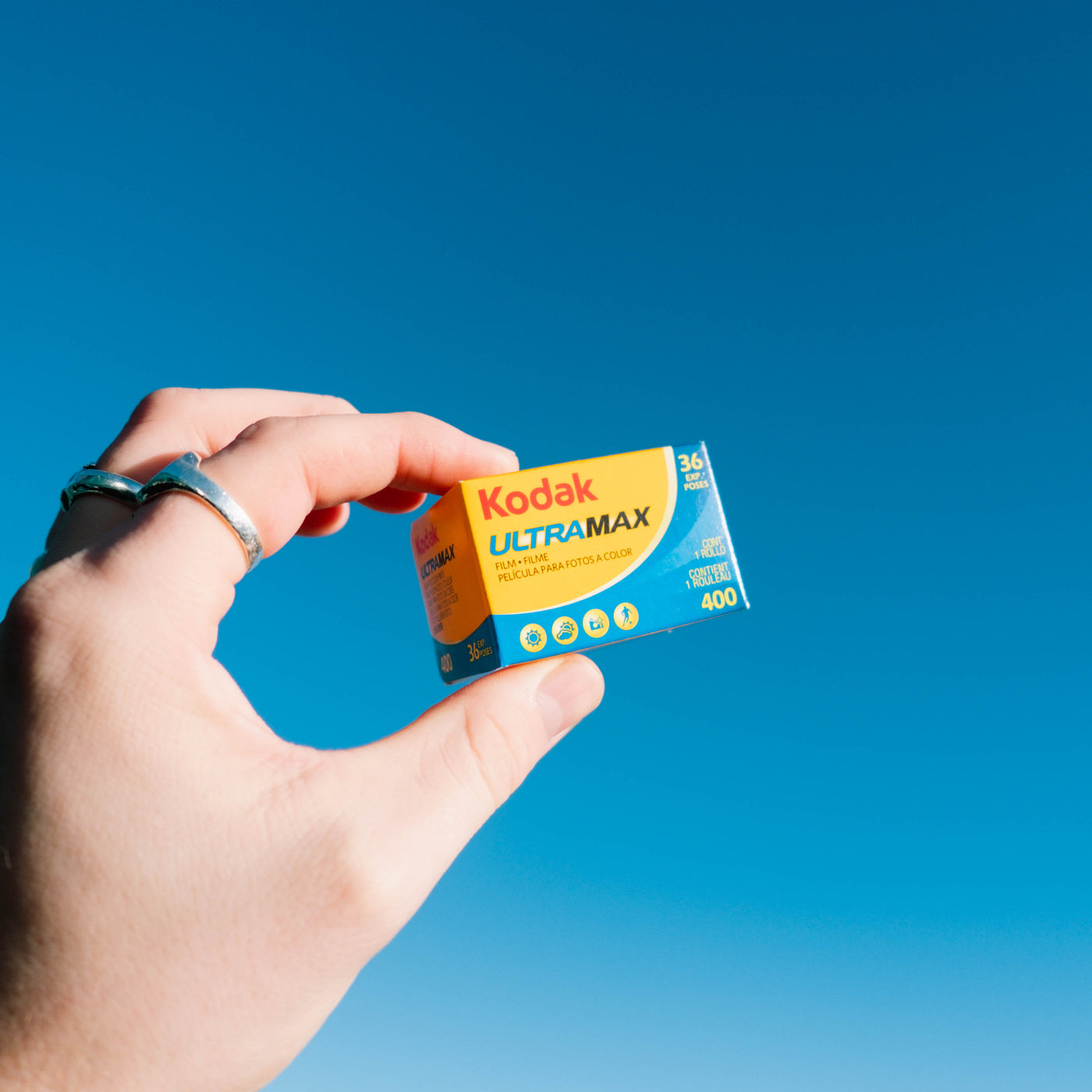
capture memories on film
We offer a wide range of different film types to capture different styles. Shop our range of film now and get free delivery when purchased with a camera
Frequently Asked Questions
How long will it take to receive my order, do you provide tracking for parcels.
Absolutely. Once your order has been packaged and dispacted, you'll receive an email with link to courier website with the full tracking details.
What countries do you ship to?
We currently ship to all countries around the world. All orders are packaged and dispatched from our warehouse in the UK.
Returns and Refunds
How do i return a product.
Items must be returned within 14 days after receiving your order. Items must be returned in the same condition in which they were received, be unused, have any tags still attached, and include all the original packaging.
To arrange returns please contact customer support via [email protected]
How long will it take to receive my refund?
Refunds are processed within 7 days from when we receive the item(s).
Your cart is empty
Subtotal: £0.00 GBP

Free Delivery Service
UK & Worldwide Delivery
Reliable Delivery
Hassle Free Returns
Choose options
- Things to Do
- Restaurants
- Vacation Rentals
- Travel Stories
- Rental Cars
- Add a Place
- Travel Forum
- Travelers' Choice
- Help Center
Moscow Gun Tour - Moscow Gun Tours
- Europe
- Russia
- Central Russia
- Moscow
- Moscow - Things to Do
- Moscow Gun Tours
The experience of doing this Tour is truly unique. Evgeny is a born professional in firearms... read more
I have been shooting with Evgeny 3 times. He Walks you through how to safely use a gun. Corrects... read more
Moscow Gun Tour
Super reliable, super experienced, super nice instructors and team. You gonna have unforgettable feelings. A positive energy and mood for a few days. Thank you very much, Evgeniy! You made our day...for sure come back again and try something new...

For reasons beyond Evgeny's control, we couldn't do the tour as planned, but I was able to deal with him both before and after and I can say that I really miss doing it because it would have been amazing. Evgeny is a professional totally dedicated to his work that with his good manners, education and knowledge is the best option if you are interested in this type of tours. You have both weaponry and historical skills, so you not only have the memory of a beautiful experience, but also a lot of knowledge. Look no further. Muchísimas gracias Evgeny ! / Thank you very much Evgeny
Highly recommended, a fantastic experience and loads of fun. Apart from being a fantastic instructor, Evgeny went the extra mile and showed us around one of the antique markets in Moscow.
I have to start by saying that this guy Evgeny, he is the real deal. My wife and I wanted to hire him for a tour for the museum and the shooting experience so I contacted him. He was extremely friendly right out of the bat and offer me to take me to Izmaylovo Market as an extra. At the Market, he helped me a bargain and he was in no way shape or form making a commission off any purchase I was making. His opinions where sincere and went out of his way to make sure I got what I wanted (he even gift me some coins and pins from his own collection. After that, 2 days after we went to the shooting range, everything was pretty smooth and hassle-free. My wife was really scared about handling guns but Evgeny made sure she felt safe around them. I did handle the AK47, AK74 and the Dragunov sniper. Right after that, we had lunch and then went to the museum for a 4 hours tour. His knowledge was very vast and provided a lot of interesting facts from WW2 from the Russian side. I would definitely recommend this tour as it is one of the best ones I have ever had. If I visit Moscow again I´ll be booking it again for sure.
Myself and my daughter chose the AK47 experience. Evgeny met us at our hotel and escorted us to the range, easy to chat with all the way. He bought us some lapel pins as a gift. Good Tutiin, fun, nice and safe. Afterwards he took us to a market, helping us negotiate. There was no expectation of additional payment simple good company and proud of his city. He made sure we got to where we wanted to go to. Highly recommended good fun and good teacher.
Not only taught us how to shoot guns properly, which other firing ranges in the past had not, but also went out of his way to help in other ways and show places around Moscow. Great instructor and very nice / accommodating. Highly recommend to anyone visiting Moscow to book in! Matt.
2018 Primetime Emmy & James Beard Award Winner
R&K Insider
Join our newsletter to get exclusives on where our correspondents travel, what they eat, where they stay. Free to sign up.
A History of Moscow in 13 Dishes
Featured city guides.

COMMENTS
These sell for very little these days but are good little flash units with more modern electronics than the Olympus flash you mentioned and compact size appropriate for your Trip. When using flash you take the camera off the "A" setting and set it to the F number according to your flash directions. When not using flash be sure to set it back to ...
Most of the very small very cheap flashes that are basically as effective as a pop-up flash are typically TTL-only, and don't offer a physical way to control the power level of the flash's output on the flash itself, but rather relies on TTL communication through the hotshoe's non-sync contacts--which the Trip 35 doesn't have.
Load a roll of 400 or 800 speed film, set the ASA to 400 and the aperture to it's widest setting of 2.8, and you're ready to go. That's all there is to it. If the scene is too bright for the set aperture of 2.8, don't worry, the Trip's meter is still active in flash mode and will stop down the aperture to prevent overexposure.
A look through the viewfinder of the Olympus Trip 35 reveals brightline framing lines and a secondary window that displays the focus and aperture settings on the lens. (Daniel J. Schneider) On the lens barrel you can set the film speed (from ASA 25 to 400) by turning the 43.5 millimeter filter ring, and also the aperture for flash mode.
If you try taking a photo with the Olympus Trip 35 in automatic mode and there's not enough light, you get a little red warning flag pop up in the viewfinder. To get over this, just manually turn the aperture to 2.8, and you're ready to go. Any 400 ASA film will work, but I've gotten my best results with black and white films.
With the camera set to 'A', based on the light hitting the meter it will choose the most appropriate aperture between f2.8 and f22. It will also choose either 1/40th or 1/200th for the shutter speed. If the amount of light isn't adequate for at very least 1/40th and f2.8 it will simply prevent the photo from being taken.
We stock original Olympus products as well as our own range of new and used accessories hand-picked for the Trip 35. From 43.5mm filters to flash guns, cases and lens caps. ... Non-Olympus compact flash gun. £18.50. Used 43.5mm Olympus Close Up f=30cm Boxed. £17.50. Olympus PS 200 Flash Instructions - Trip Man version. £2. Neutral Density ND ...
The Olympus Trip is really easy to use, and has some cool features that set it apart from other point and shoot 35mm film cameras. Zuiko coated 40mm f/2.8 lens: this lens is sharp, and the wide aperture makes it versatile in a lot of situations. Automatic settings: the Olympus Trip has two shutter speeds and aperture from f/2.8 to f/22.
First and foremost, the Trip 35 might just be the perfect camera for the casual photophile. Olympus built this camera to document the daily adventures of the everyman, and the Trip does this beautifully. And for experienced shooters, the Trip 35 can be a great way to break free of shooter's block, or inject our shooting with something fun and ...
Opening the door to a new realm in photography and videography, the New Petzval 80.5 mm f/1.9 MKII Art Lens celebrates 180 years of portrait photography. Compatible with Canon EF, Nikon F (d)SLRs, head over to our Kickstarter Campaign now to save up to 35% off on the Petzval 80.5 MKII Art Lens' final retail price that's less than $300 USD!
The Olympus Trip 35 became popular for its auto exposure system (dependent on a solar-powered selenium light meter), simple zone focusing, and its extremely sharp 40 mm f/2.8 Zuiko lens. It doesn't require batteries, which made them great companions for travelers who may not find access to batteries all the time.
The Olympus Trip 35 is so popular because it's very easy to use, it has a great lens and it's ideal for the novice photographer. Also, the Olympus Trip 35 is one of the only 35mm cameras powered by the sun, making it really handy to take on holiday with you. Since 1967 10 million units have been sold, which is a tremendous amount even today.
A simple, small flash gun that has been tested and works perfectly on the Olympus Trip 35 camera. It connects via the hot shoe and takes 2 AA batteries, which are readily available. These guns are used but in perfect working order. A small LED illuminates when the gun is charged up. Set the Trip's aperture ring to the.
The Olympus Trip 35 is a 35mm compact camera, manufactured by Olympus. It was introduced in 1967 and discontinued, after a lengthy production run, in 1984. ... In flash sync mode, the shutter is set at 1/40 s. Apart from a simple four-position zone focus system, and an ISO setting from 25 to 400, the camera has no other photographic controls.
View online or download Olympus TRIP 35 Repair Instructions, Instructions Manual. Sign In Upload. Manuals; Brands; Olympus Manuals; Digital Camera; TRIP 35; ... When Using Ordinary Flash Gun or Electronic Flash. 10. Technical Data. 12. Advertisement. Olympus TRIP 35 Repair Instructions (17 pages)
How to Take Photos with the Olympus Trip 35: Step 1: Ensure the camera is wound on. This gets the shutter ready and primed to take a photo. Step 2: Set subject zone focus distance on the lens. The Olympus Trip 35 has 4 settings which equate to focusing zone distances away from the camera (shown on the underside of the lens barrel):
Flash Synchronisation. Cameras usually have a mechanism to synchronise the firing of the flash with the shutter release. In mechanical cameras such as the Olympus Trip 35, this synchronisation occurs through a micro switch. When the shutter releases, the mechanism also trips the switch briefly closing its contacts.
Here are the specs for the Olympus Trip 35 you probably know them already: Focus: Manual by scale, visible through viewfinder. Lens: 40mm f/2.8 Olympus D. Zuiko, 4 elements, three groups. Close Focus: 2.9' (0.9m). Diaphragm: two bladed, diamond-shaped, stopping down to about f/22. Shutter: 1/40 or 1/200, automatically selected. No bulb setting.
Flash Unit for Olympus Trip 35 Film Camera - Film Camera Store. Returns & Exchanges. Hassle Free Returns Policy. Free Tracked UK Delivery. Tracked & Next Day Delivery. 30 Days Guarantee. Market Leading Assurance. Free Worldwide Shipping. On All Camera Orders.
Moscow Gun Tours: One of my best experiences in my life. Nice shooting club and excellent museum guide. - See 87 traveler reviews, 68 candid photos, and great deals for Moscow, Russia, at Tripadvisor.
Moscow Gun Tours: Moscow Gun Tour - See 87 traveler reviews, 68 candid photos, and great deals for Moscow, Russia, at Tripadvisor.
The tank is armed with a 125-mm smoothbore gun (firing range up to 5 km), the ammunition includes 40 shells (in later versions 38 and 45 shells), both sub-caliber and cumulative and high-explosive. ... Large companies can stay in cozy tents including 35-300 guests. There are awning tents and one dome tent in our territory. ... Trip on tanks T ...
1: Off-kilter genius at Delicatessen: Brain pâté with kefir butter and young radishes served mezze-style, and the caviar and tartare pizza. Head for Food City. You might think that calling Food City (Фуд Сити), an agriculture depot on the outskirts of Moscow, a "city" would be some kind of hyperbole. It is not.